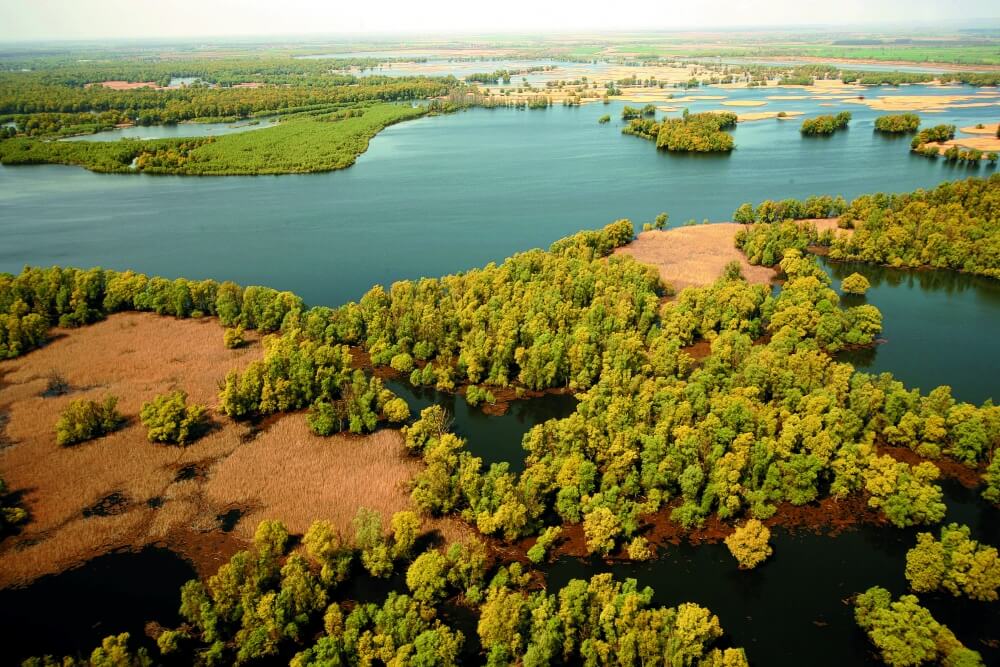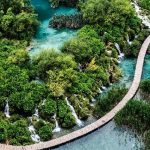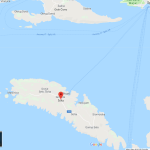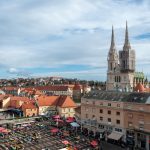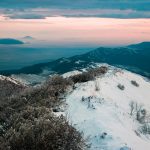One of Europe’s largest wetlands, Kopački Rit is a wild-life rich paradise between the Danube and the Drava River. Moreover, it is a Nature Park for all seasons.
- Welcome to Kopački rit Croatia!
- When to visit: A Nature Park for all seasons
- What wildlife lives in the Nature Park?
- Activities
- Things not to miss
- Where to eat?
- Accommodation: Where to stay in Kopački rit
- The Kopački Rit and Baranja photography of Isabella von Habsburg
- Lakes and the marshland floods
- Where is Kopački Rit Nature Park?
- How to get to Kopački rit
- Opening times
- Tickets and entry
Welcome to Kopački rit Nature Park Croatia!
Either defying or defining today’s international borders, the mighty Danube travels over 1000 kilometres before it reaches Croatia. Although its journey is much shorter, the Drava comes some 700km, from Italy, to join it. They come together near Aljmaš, just over 20 km east of Osijek, Slavonia. But, before they do, they seek each other out. It’s almost as if they can’t wait to meet. In one corner of Baranja, in a triangular tract before their convergence, they create one of Europe’s largest wetlands. This is Kopački rit Nature Park.
Founded in 1973 and designated a Nature Park in 1993, Kopački rit is the largest flood area in central Europe and the Danube’s biggest landlocked delta. Accordingly, it is a paradise for wildlife. Thousands of migratory birds make a temporary home here. For others, it’s a home nearer to permanent. Similarly, other animals come and go, also in response to the changing temperature and water level. In truth, the list of residents here is in a constant state of flux. But, so is the landscape itself.
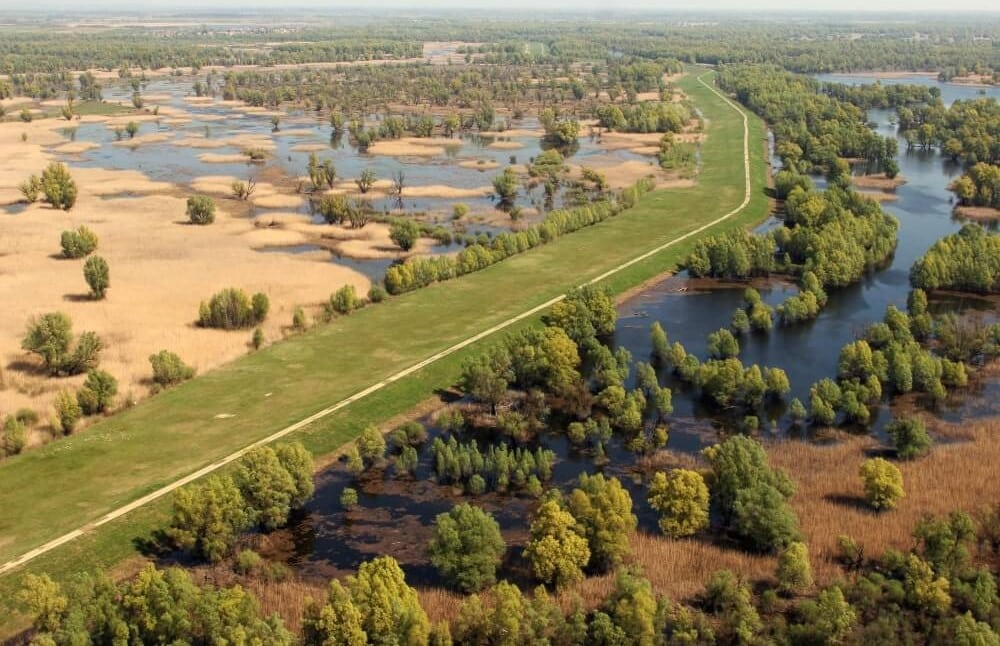
No new day is like the last in Kopački rit. With each guaranteed flood and withdrawal of the waters, the entire landscape is constantly refreshed. This ebb and flow is here the very essence of life. And it’s thrilling to watch.
The most easterly-lying of all Croatia’s Nature Parks, for many, it takes an extra effort to come here. But, there simply isn’t another place like Kopački rit in Croatia. Or, in this part of Europe. So, we’d suggest it’s an effort worth making. Take a look and decide for yourself…
When to visit: A Nature Park for all seasons
With the change in seasons, Kopački rit’s offer changes dramatically. It’s difficult to decide when it’s best to visit. Kopački rit really is a park for all seasons.
Spring
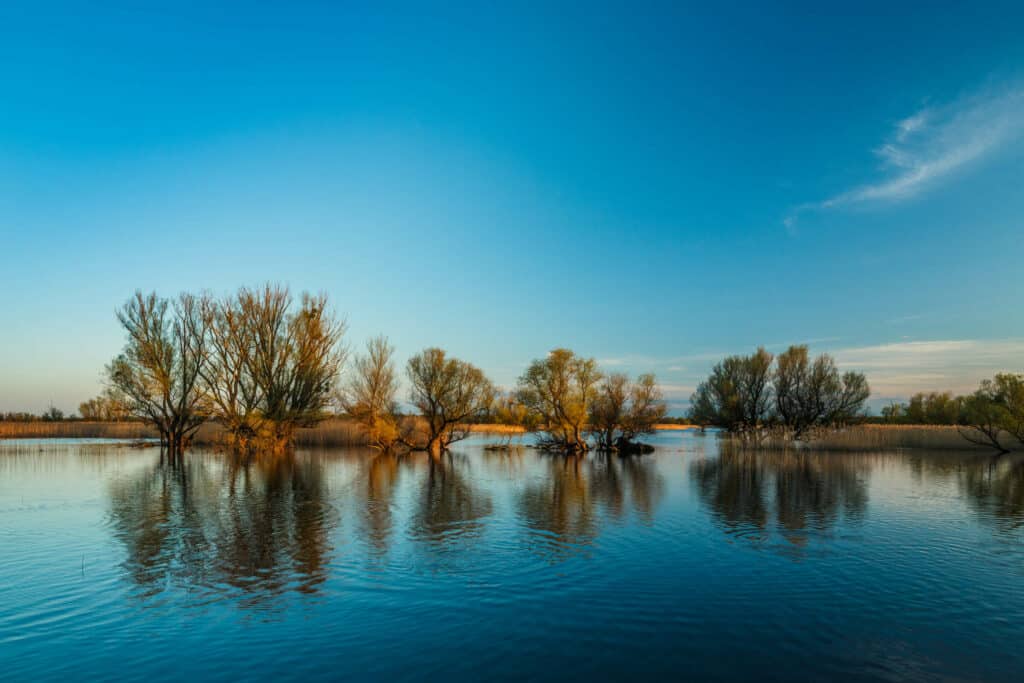
Water levels reach their peak in spring, as snow melts on the Alps, flooding the Danube and Drava. A huge influx of birds arrive.
Summer
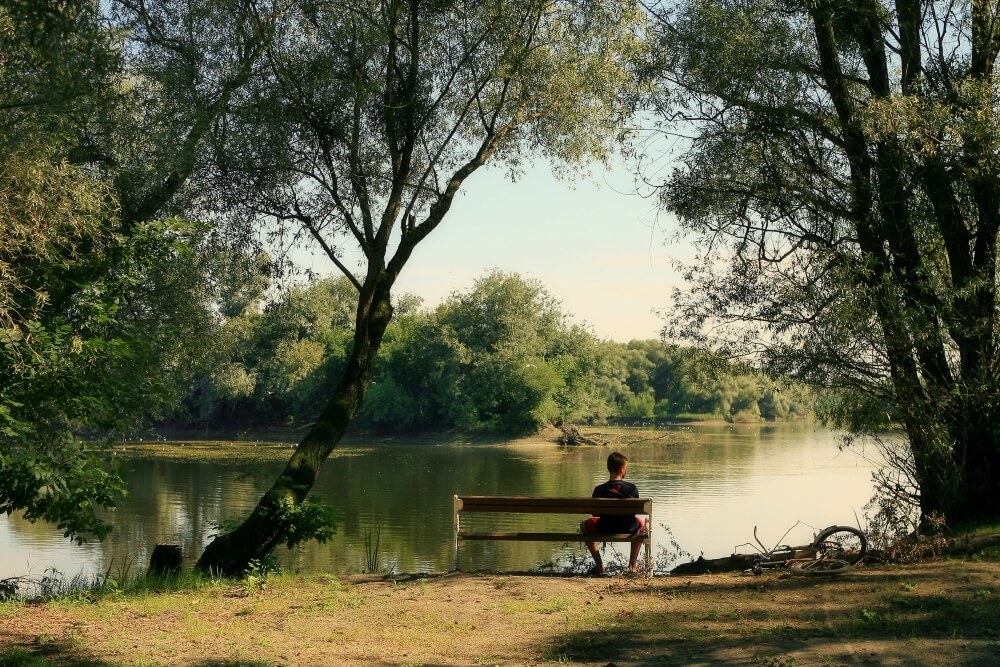
With the air full of life, there’s also a stillness and calm to summers in the park. Now at their fullest, bountiful trees offer shade at the side of the lakes.
Autumn
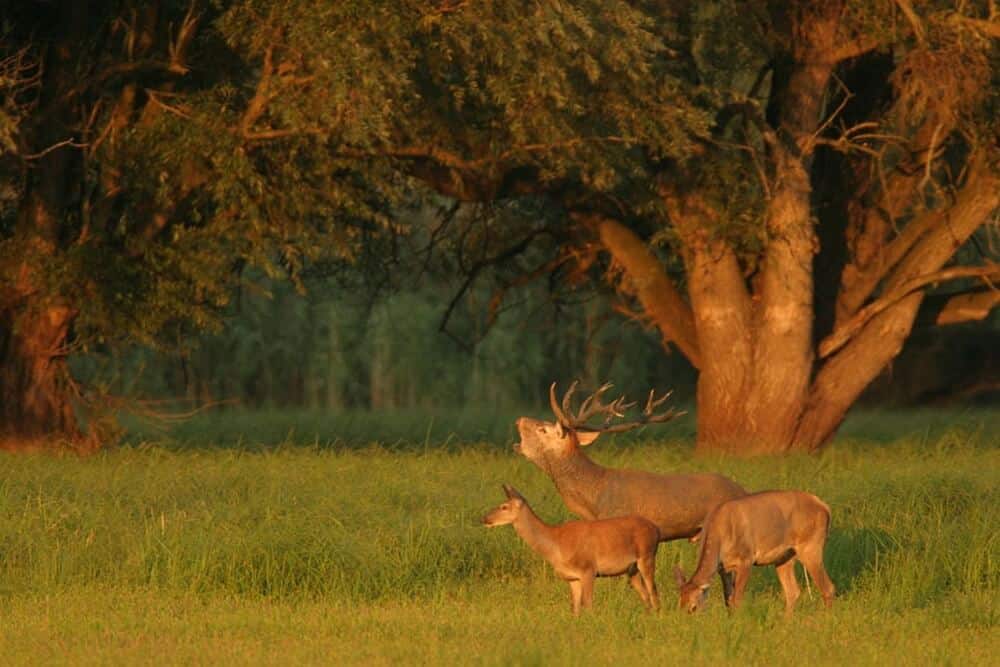
See the park foliage explode into different shades of orange, brown, red, yellow. Visiting in autumn / late summer is the only time you’ll catch the Red deer rut. But, more about that later…
Winter
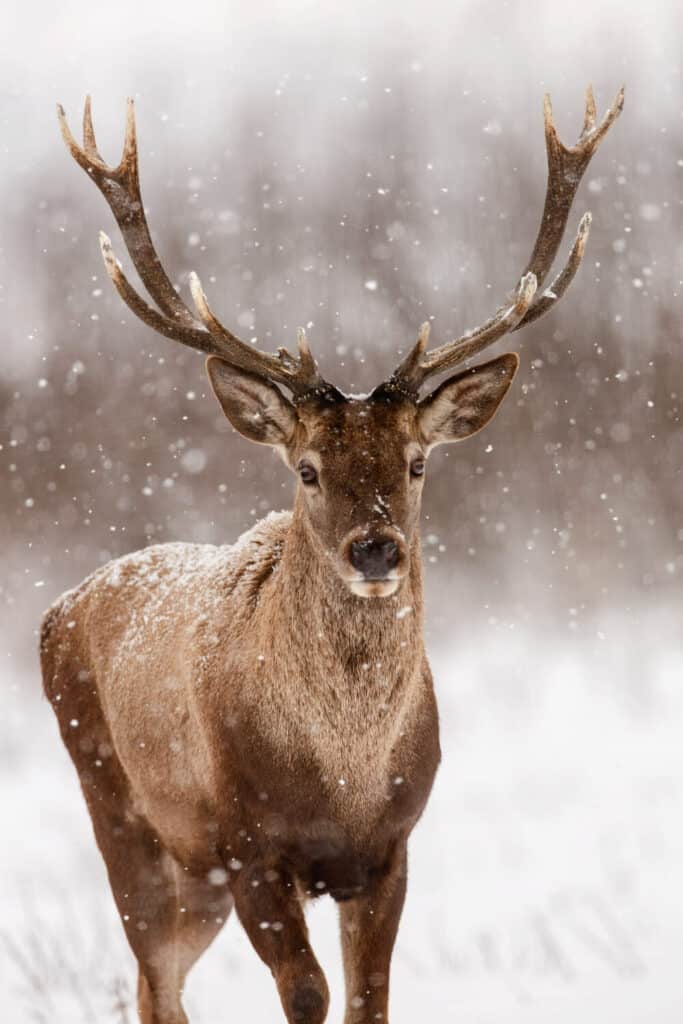
Actually, winter is the best time you can see the park’s mammals. Not only is there less foliage for them to hide behind, but also food is scarce. As a result, they overcome their regular shyness. Also, the landscape here looks particularly thrilling, covered by snow and dripping with ice. In winter, you’ll see a whole different set of migratory birds visiting.
What wildlife lives in the Nature Park?
Birds
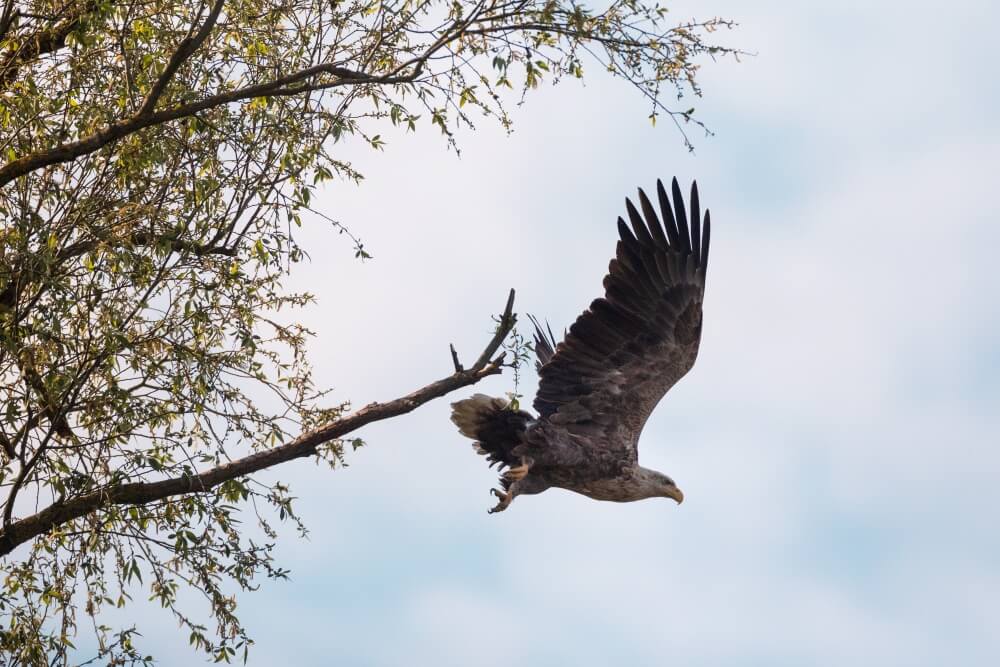
Around 280 various bird species breed here. Among them, geese and ducks, great white egret, white stork, black stork, cormorants, kingfishers and woodpeckers. Try to spot a White-tailed eagle. It’s is the largest bird of prey in the area of Kopački rit.
Fish
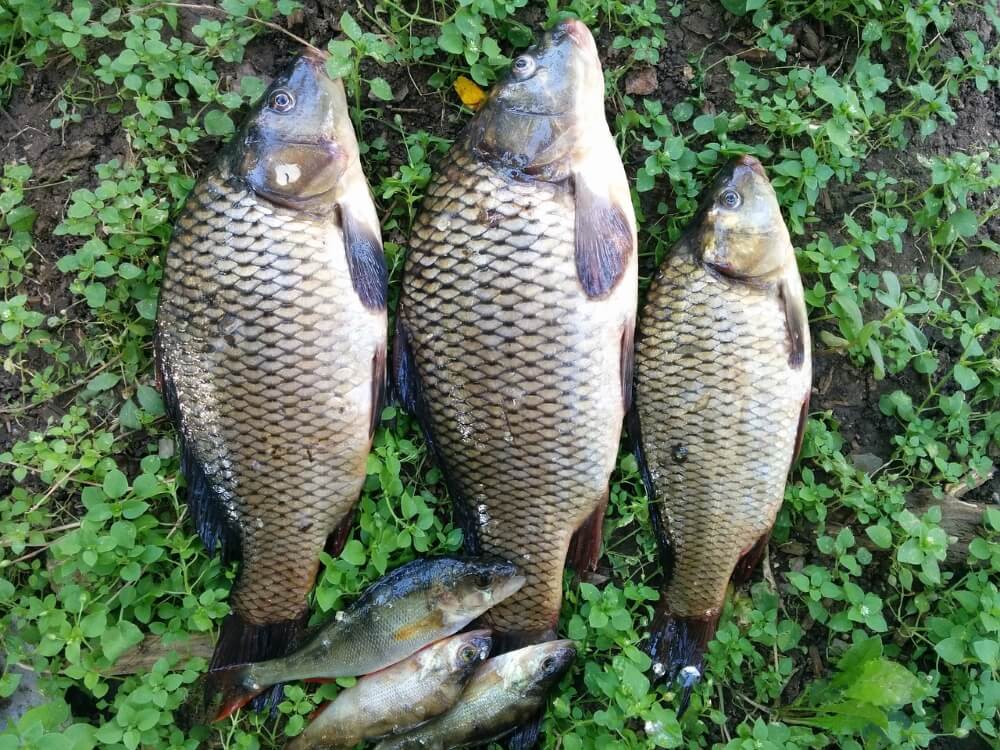
44 species of fish live here, including pike, ide, tench, bream, carp, catfish and perch. If you want to go fishing in Kopački rit, then you can buy permits. Daily fishing permits cost 80 kuna. You can pay 200 kuna for a three-day permit and 300 kuna for a seven-day permit. Buy permits to fish at the main entrance of the park.
Mammals
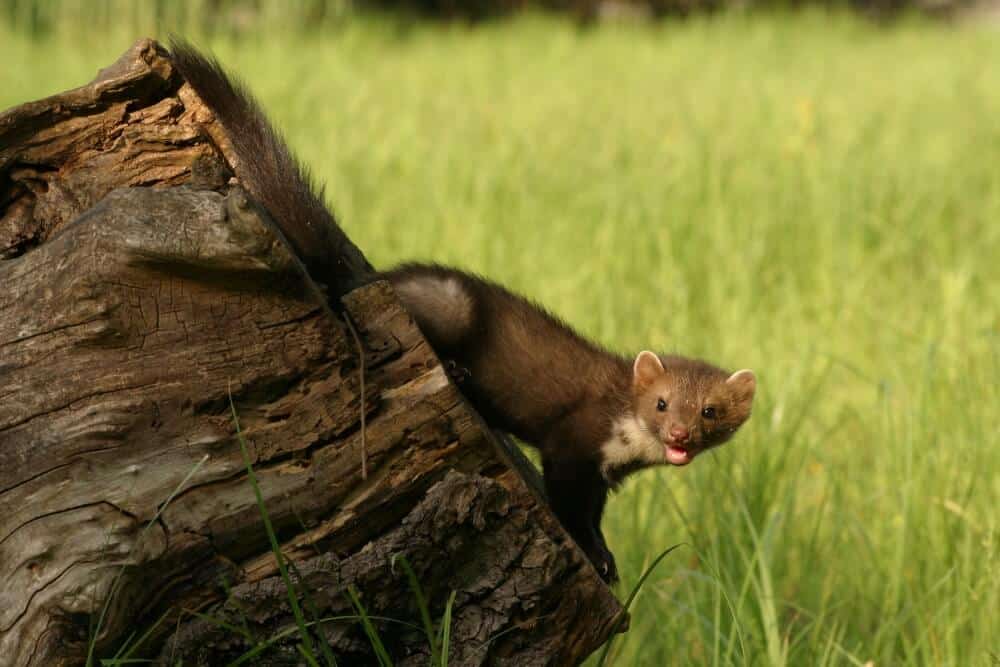
If you think our furry friends might struggle in the marshland, then you’re wrong. Drawn here by the plentiful supply of food, you can see many mammals in the park. Specifically, deer, boar, European wildcat, pine marten, stone marten and the Eurasian otter. Also, badgers, weasels, sables, foxes and beavers.
Amphibians, reptiles, snakes
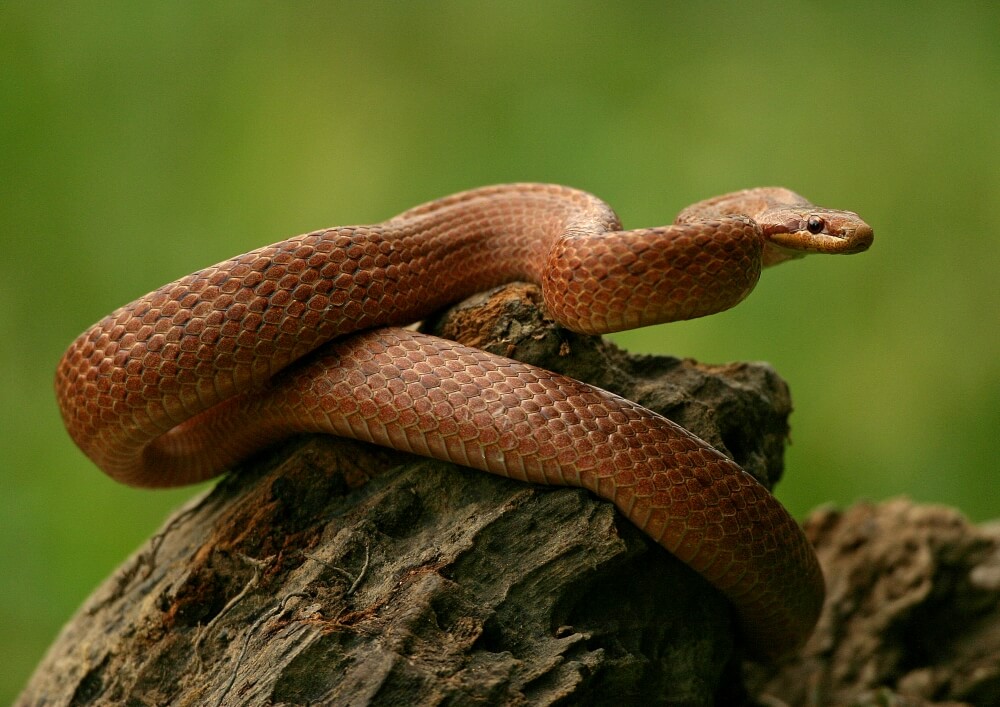
You can see several different snakes here, although they’re often very shy. Of the amphibians, frogs are certainly the largest group. They thrive in the wetlands.
Insects
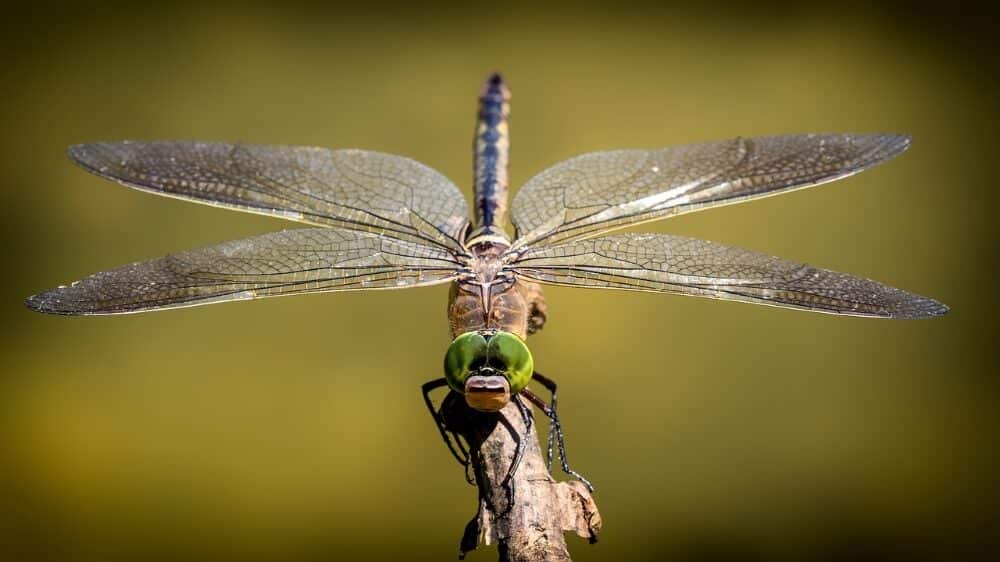
You won’t find anything more integral to life here than insects. Not only do they play a vital role in the food chain, but also they pollinate many plants. Moreover, that includes many of the crops we eat and that shape Baranja.
Plants
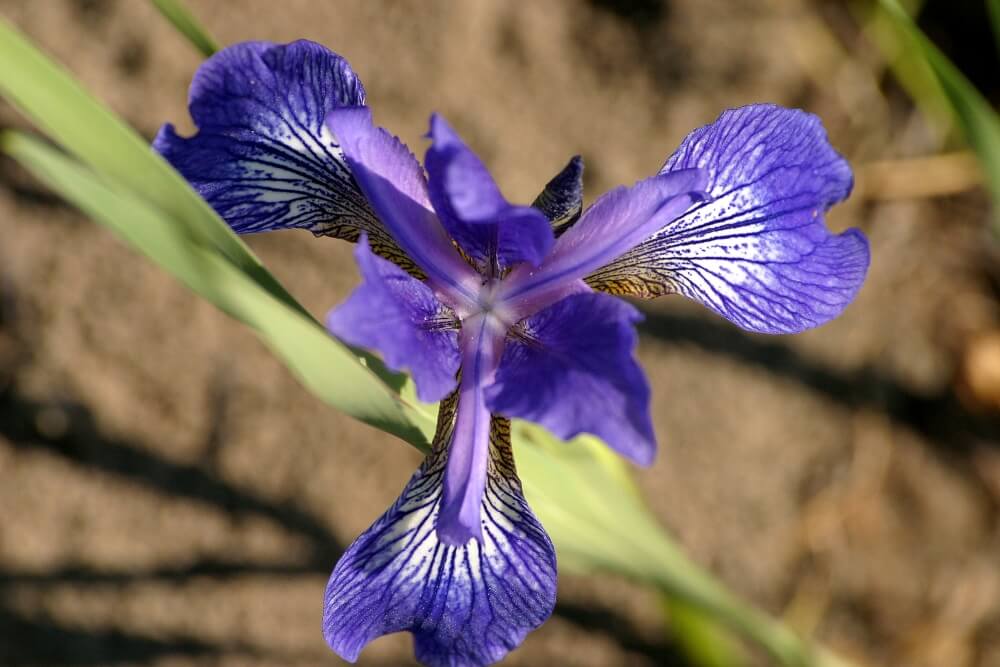
You can find over 140 recorded species of plant here. Indeed, some are very rare and only found in a few places in Croatia. Specifically, the white water lily (Nymphaea alba), the iris (Iris variegata); azola, black sedge (Carex nigra), common reed (Phragmites australis); siberian cattail; graceful cattail (Typha laxmannii); and flowering rush (Butomus umbellatus).
Activities
Canoeing
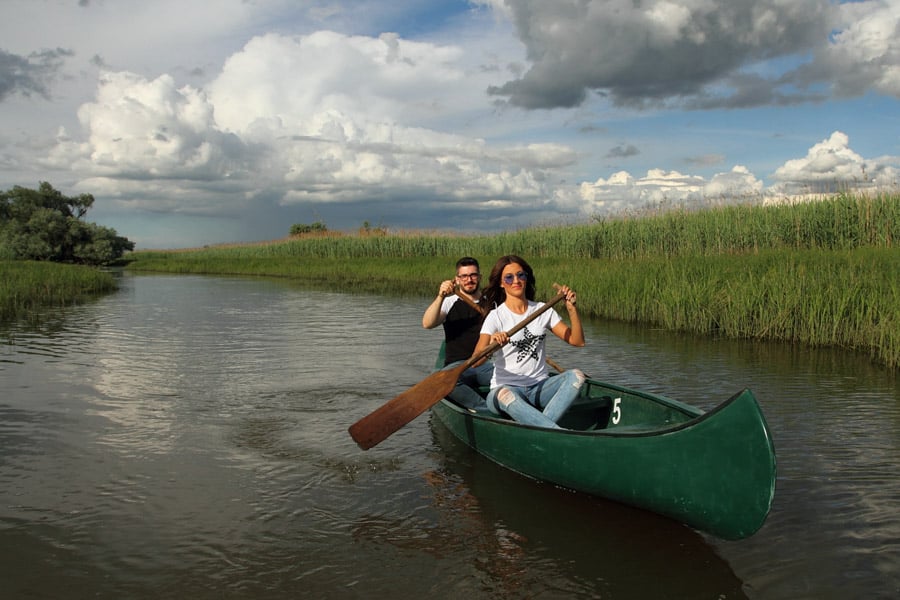
Paddle you way through the Special Zoological Reserve. Alongside, a professional guide is another canoe shows you where to look. Both Cormorant tours (1 hour) 100 kuna and Linjov tours (2 hours) 200 kuna are available March 13 to October 31.
Cycling
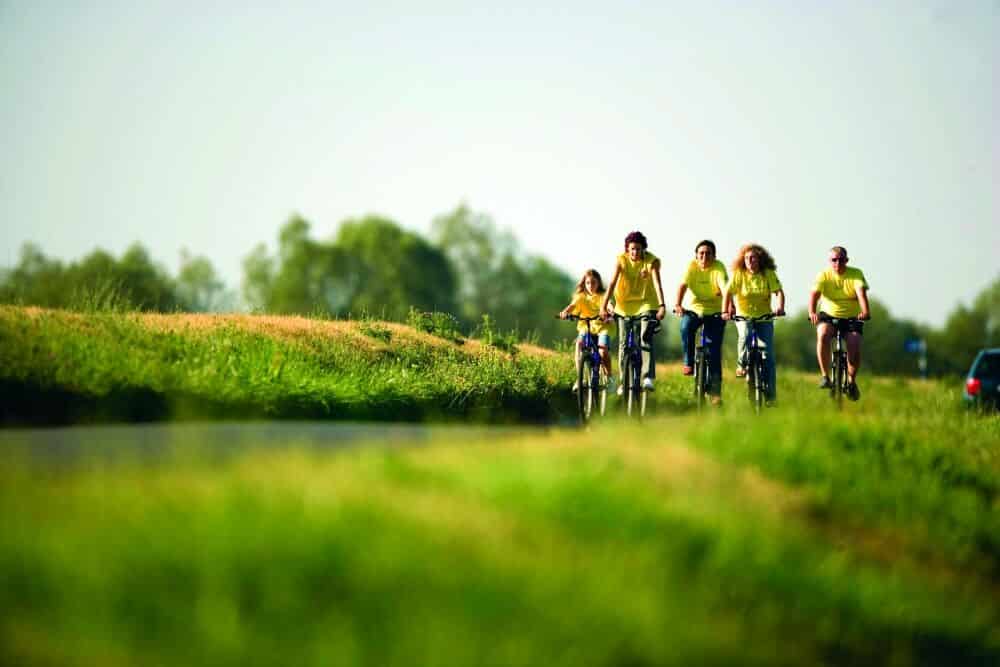
You’ll find several cycle routes snaking through the park. Also, you can rent a bicycle at Kopački rit visitors centre. If you want to cycle from Osijek to and through the park, then you can. You’ll see details of two great routes at the bottom of this page.
Large boat tour
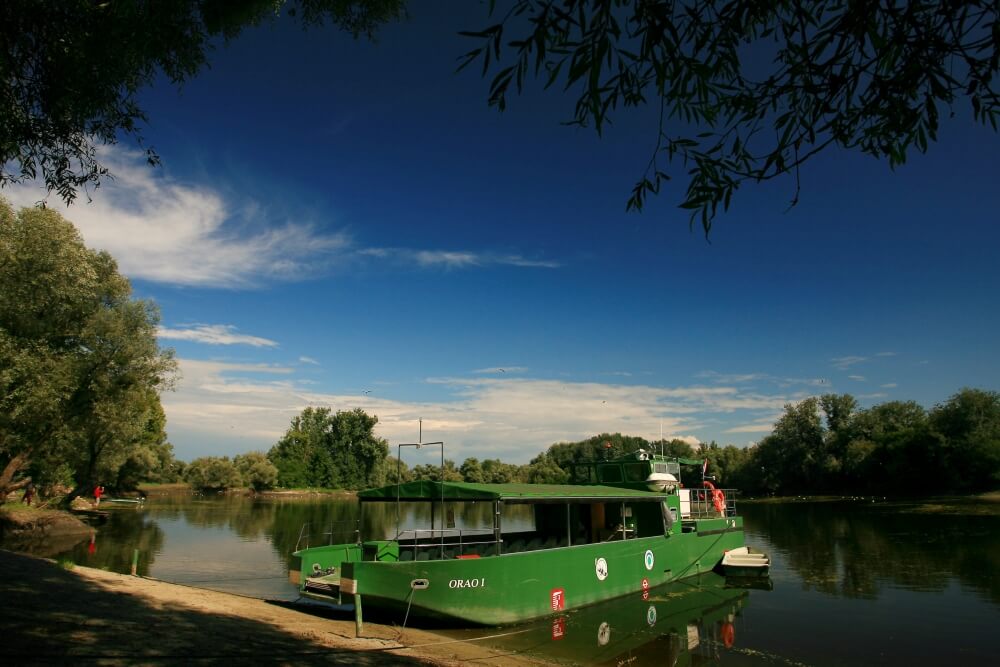
Take a one hour tour of the Special Zoological Reserve. A guide on board directs you where to look. Certainly, check in advance if there’s a trip in your language.
Small boat tour
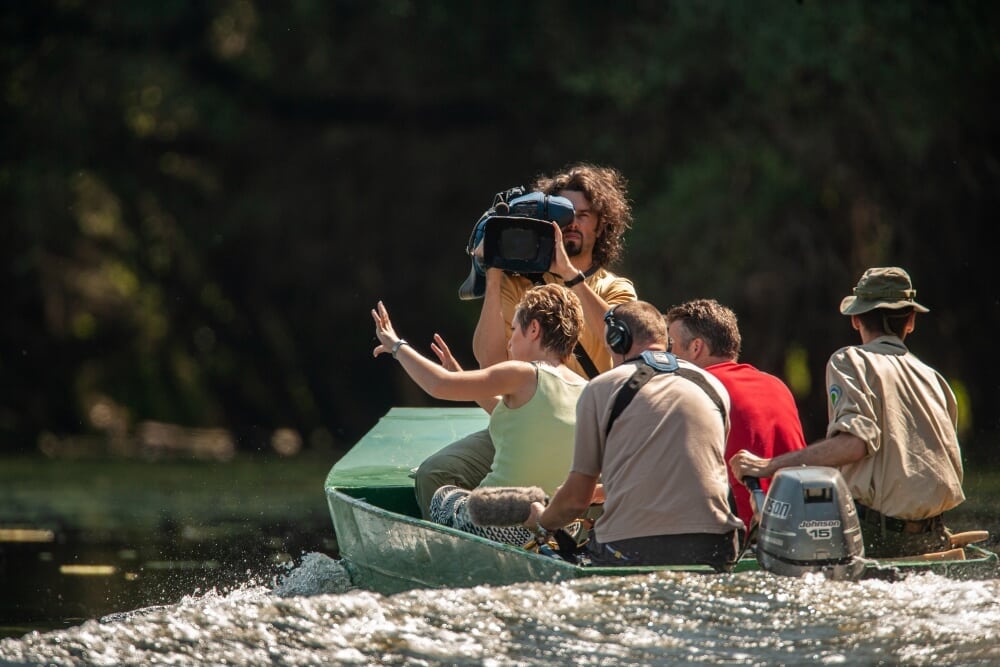
Get up close to the beavers and travel narrow routes. Not only will a small boat take you much further into the park, but also you’ll have a guide. Usually, small boat tours last an hour. But, they can be extended. Price: 150 kuna per person/h.
Walking

Kopački Rit covers an area of 177 km2 (68 square miles). There’s a lot for you to discover. Much of the park area is untouched nature, with well-trodden paths. However, the park also makes a special effort to be accessible. The White Water-Lily boardwalk leads you from the visitors centre to Sakadaš Lake.
Bird watching
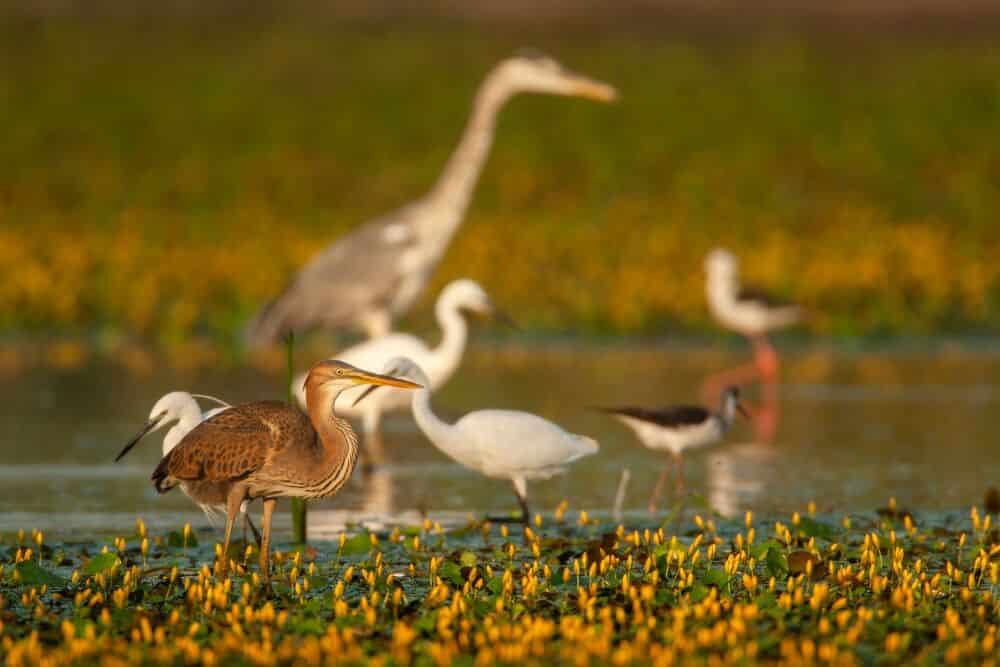
From April to June and from August to October are the best time for you to do dedicated birdwatching here. These are the times of the spring and autumn migrations, so you’ll see the largest number of birds then. Up to the present time, 300 bird species have been seen here. Furthermore, more than 140 of them nest permanently or temporarily in the Park. On average, you’ll see between 35 and 63 species a day. The maximum number of species recorded during one whole-day visit was 93.
Wildlife and nature photography
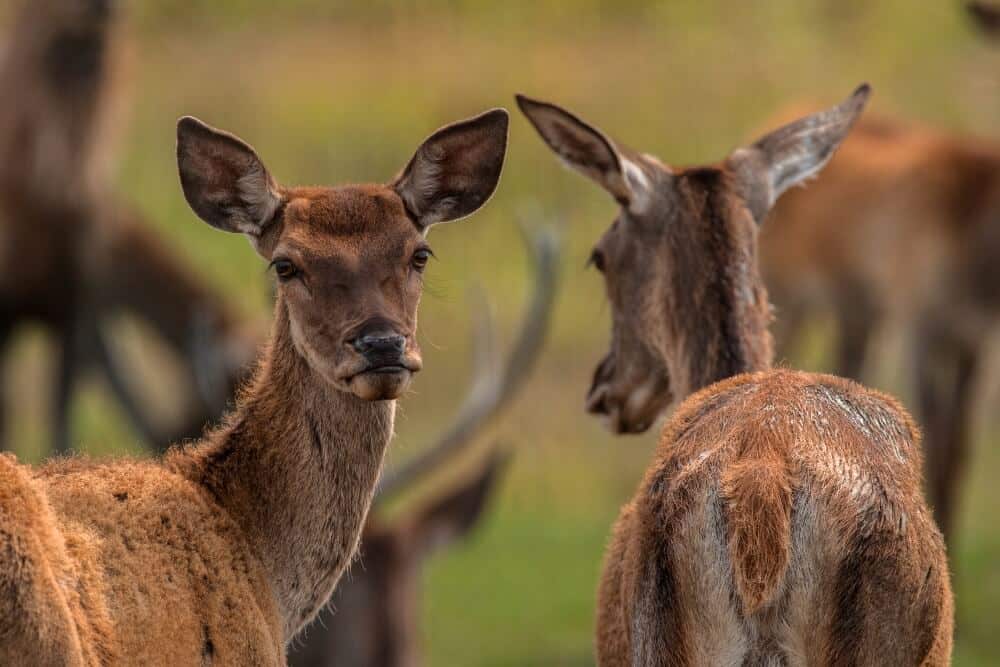
Certainly, photographers will enjoy the year-round opportunities in the park. As the seasons change, so do the different species you can see.
Things not to miss
The autumn rut of the Red Deer
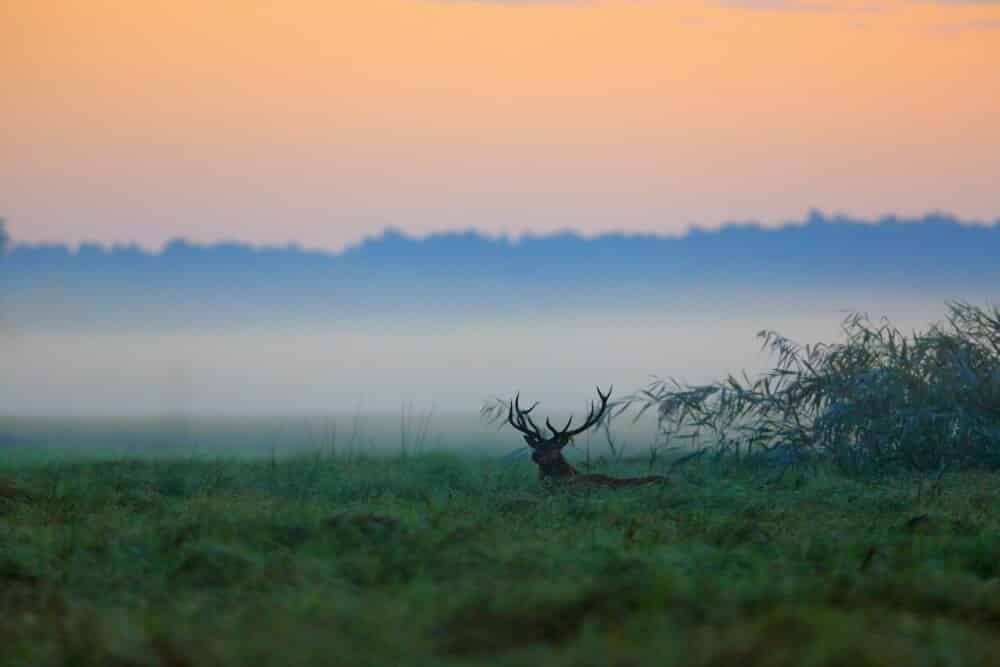
At dawn and dusk, a mist sometimes falls across the marshlands. Through the haze, perhaps you’ll see a great set of antlers appear. This is Cervus elaphus, a Red Deer stag. He’s one of the world’s largest deer and he lives in Kopački rit.
His antlers have been growing since spring. As much as 2.5 centimetres a day. Their speedy growth is a result of testosterone. They’re covered in a velvet skin, supplying oxygen to the fast-growing bone. But, on the border between summer and autumn, the velvet is shed. The antlers calcify. They’ve reached their peak. Instead, the testosterone builds in the stag. It erupts around September, the mating season. This is known as the Deer Rut.
Roar of the rut
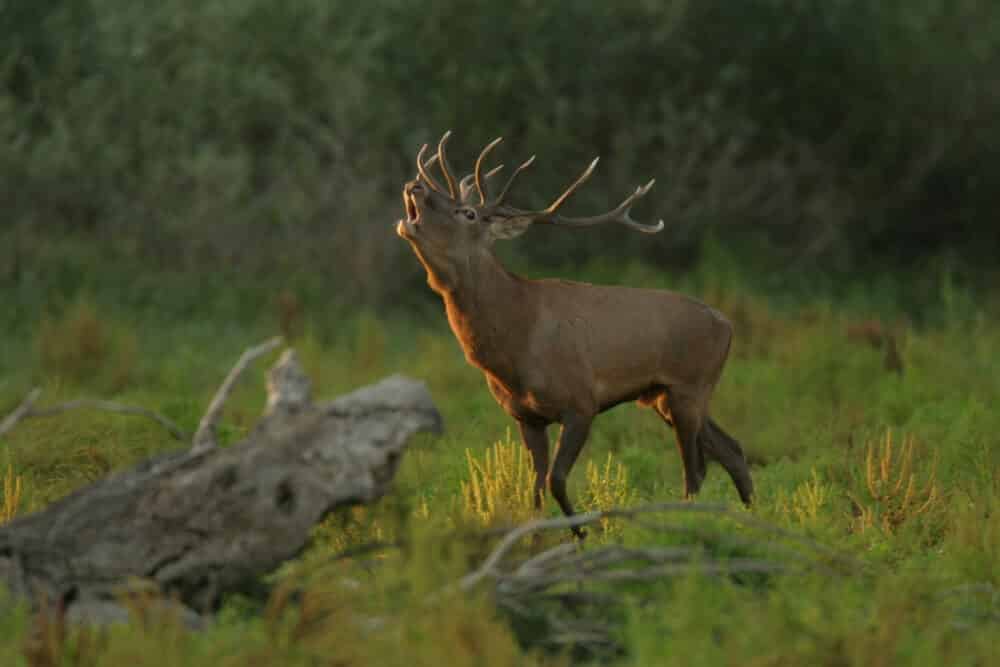
Sometimes you can’t see him. The mist is too thick. But, you can still hear him. His roar is a signal to the smaller, female hinds. The sound is huge. He’s competing with the other adult males.
After attracting females, they form a group. He must defend it. Rival stags appear and walk alongside. The males size up their opponent. If neither backs down, they’ll fight. Their antlers are ready for the violent clash.
Tour of the rut
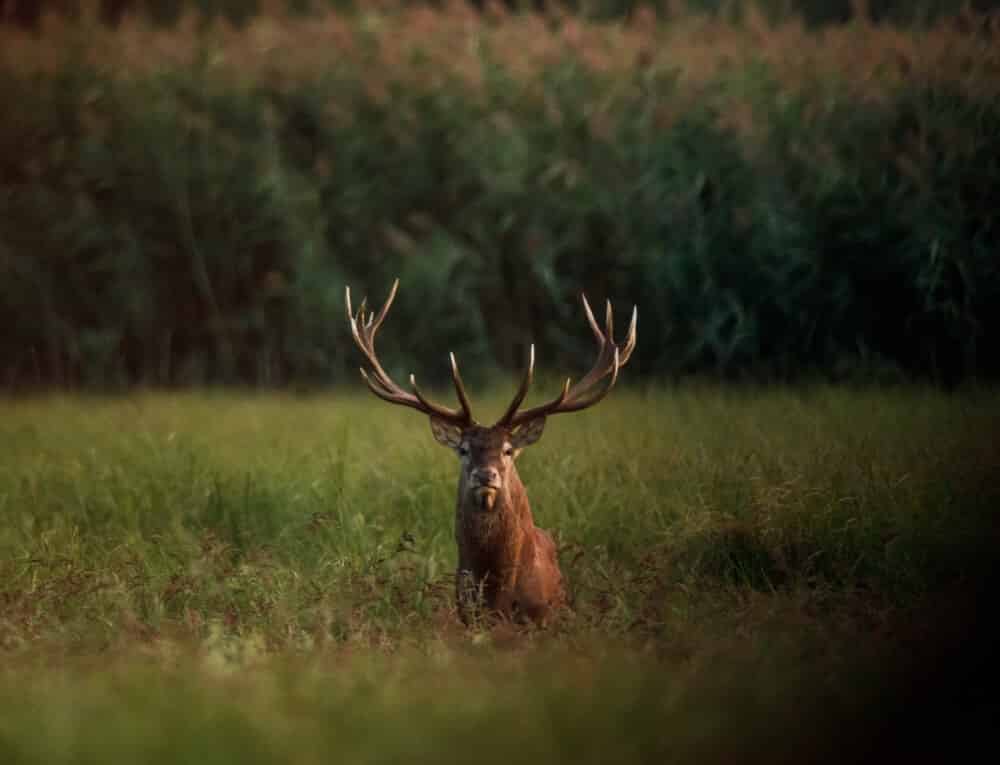
The Deer Rut season in Kopački rit lasts from the beginning to the end of September. Roaring is most common during dawn and dusk. Generally, this is when the deer are most active. You can visit the park alone in this time to experience it. Or, go on a guided tour, organised by the park. In groups of less than 10, you’ll be taken to key areas where the rut is happening.
Deer rut guided tour price: 200 kuna per person per hour.
Tikveš castle and grounds
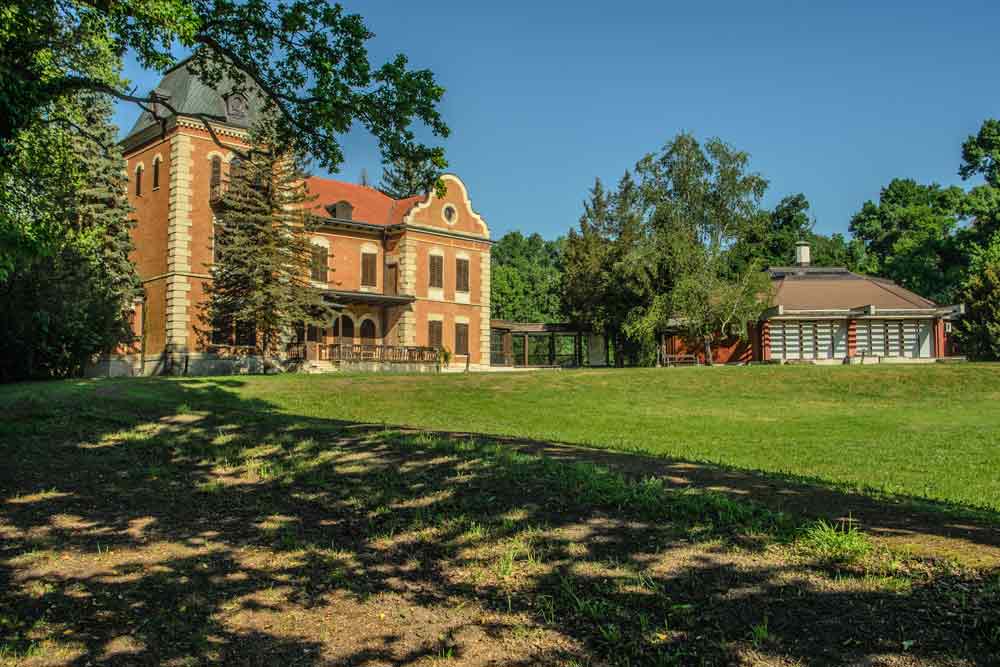
Not only a castle but also a surrounding complex, this section of the park has quite some history. In detail, it’s comprised of the New Castle with an annex, a country villa, a small chapel, ancillary buildings and a restaurant. Around the castle, you’ll see a park and promenade.
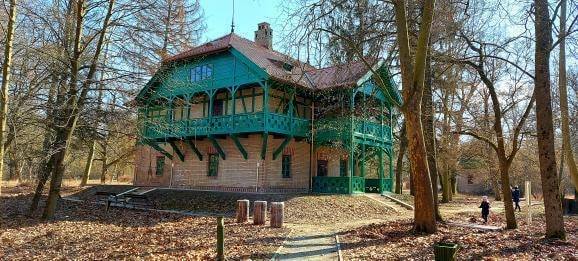
During its history, Tikveš castle was a hunting stay for the Teschen branch of the Habsburgs. Previously, it counted among its guests Austrian emperor Franz Joseph I and the last German Emperor William II. After World War II, the castle was one of the presidential residences of Josip Broz Tito. Thereafter, more contemporary figures joined Tito on his hunting visits. Among them, Russian statesmen Leonid Brezhnev and Nikita Khrushchev.
At this time, the complex is undergoing a massive and long-planned reconstruction. Opening in late 2021, the Tikveš Presentation and Education Center will be a multimedia-filled attraction. There, you’ll be able to find out all about the wild residents of Kopački rit and their habitat.
The village of Kopačevo
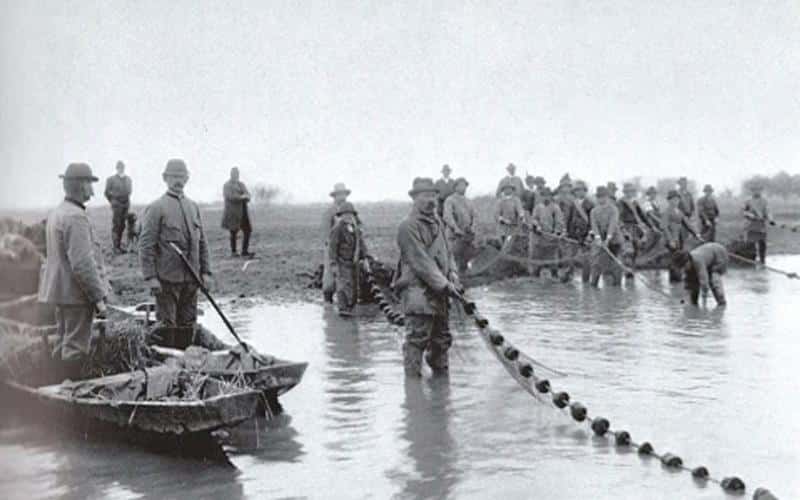
Recent history
In the middle of the 19th century, over 1400 people lived in the village of Kopačevo. Perched on the edge of the wetlands and, today, within Kopački rit Nature Park, the main occupation of the villagers back then was fishing. Indeed, the current understanding is that, during its peak, some 200 men were engaged full-time in this pursuit. What’s more, a wealth of early photography exists that captures how life here once was.
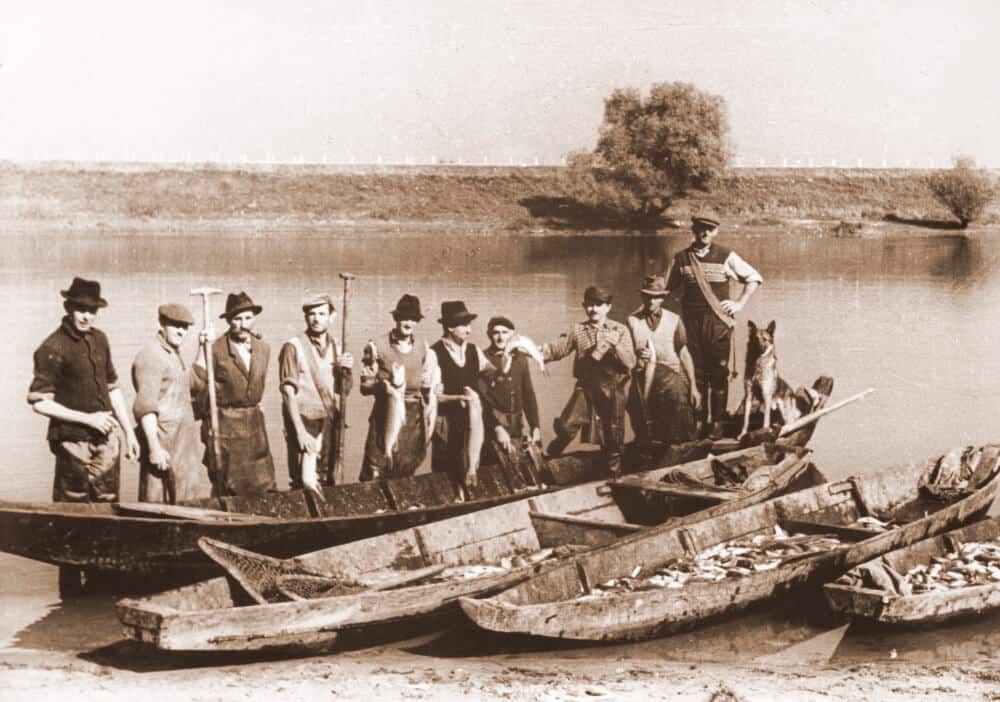
Most villagers back then were ethnically Hungarian. By the same token, that remains the case today. Similarly, just as today Kopački rit is used to visitors, so was Kopačevo back then. Famed for its fishing, people from around the area came here to buy fish. In order to let visitors know which house sold fish, a fish sign sat on the front of the dwelling.
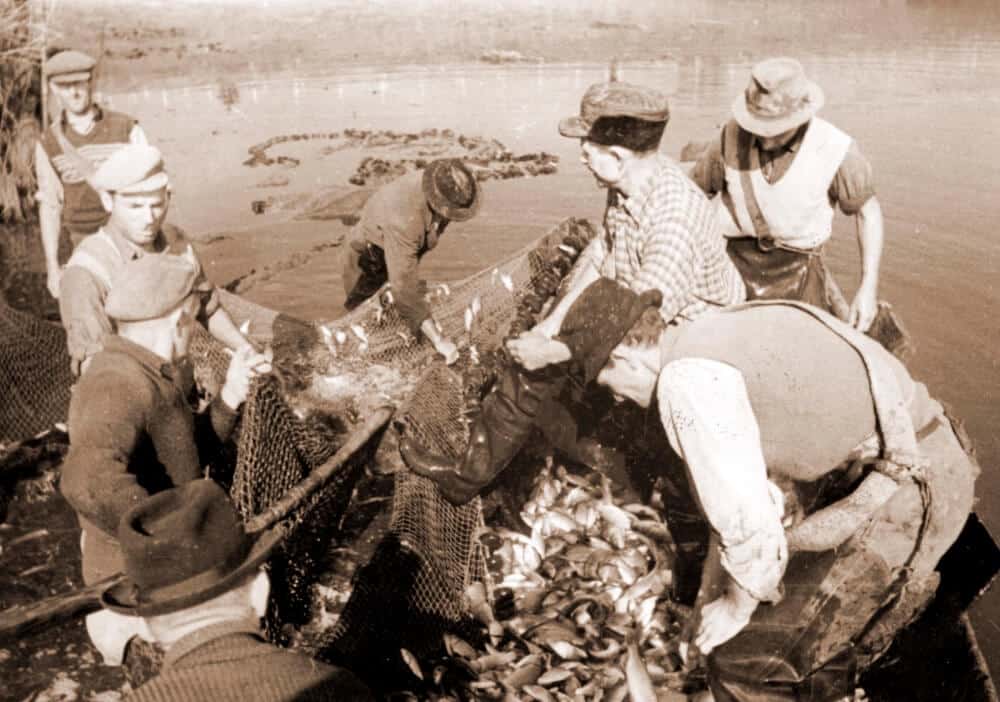
Over the last century, the village existed within several different states. Markedly, these fluctuations in ownership contributed to a decline in population. Coupled with the establishing of Kopački rit as a Nature Park in 1976, when fishing was limited, life in Kopačevo changed.
Kopačevo today
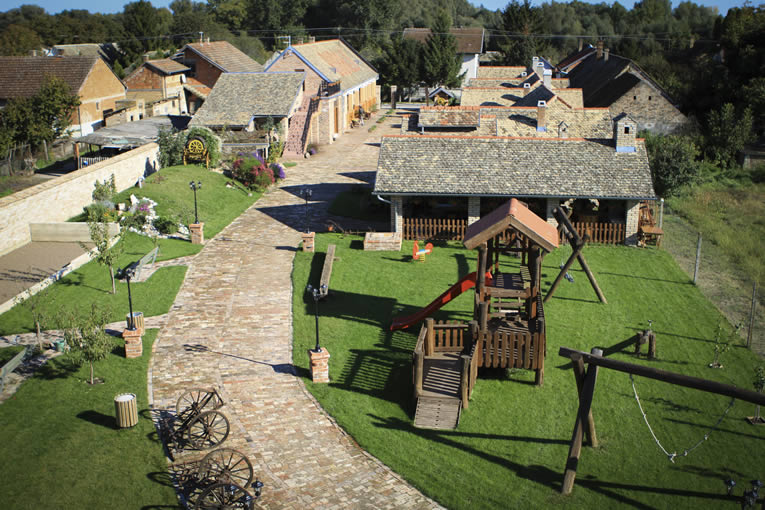
Growing vegetables in Kopačevo is today a greater industry than fishing. In fact, the village is famous for its peppers. Actually, it’s the powdered paprika made from them that has the real renown. Some say it’s among the best in Baranja. What’s more, you’ll find it used in the traditional dishes you can try in Kopačevo today.
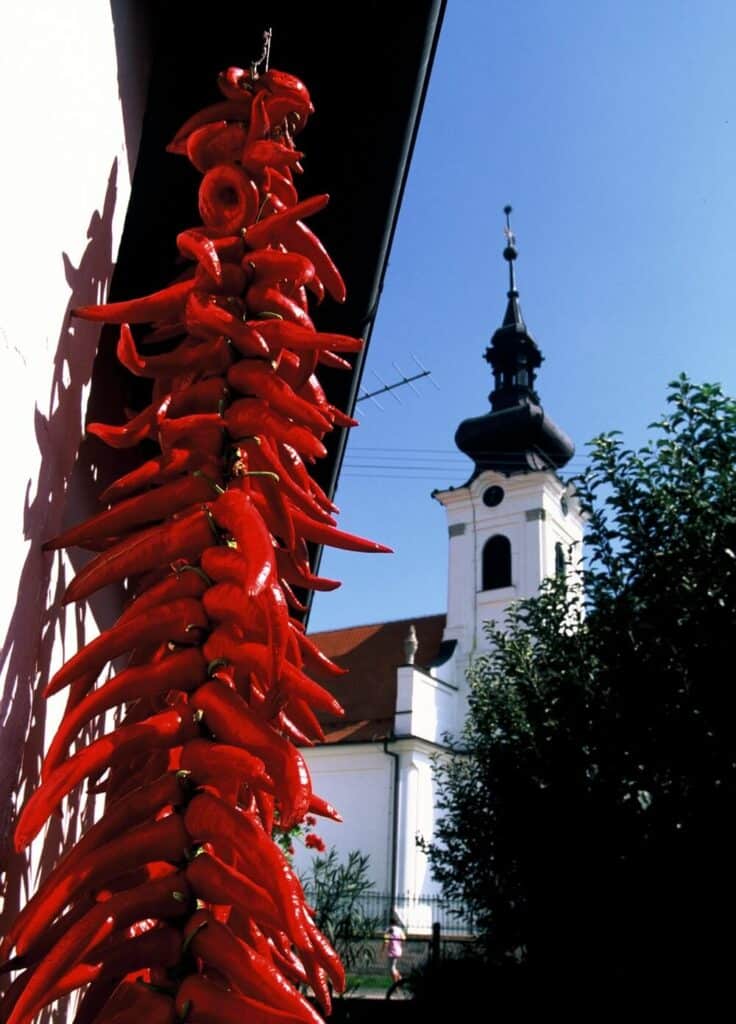
Actually, although vegetables are now a bigger concern, fishing traditions in Kopačevo survive. Not only can you still buy fish here, but also you can visit their famous festival. In early September, the weekend-long Kopačevo Fishing Days draws over 2000 people. There, you can taste the traditional foods of the village and try the local produce. Also, the villagers use these days to promote today’s other chief industry – ecotourism and agrotourism.
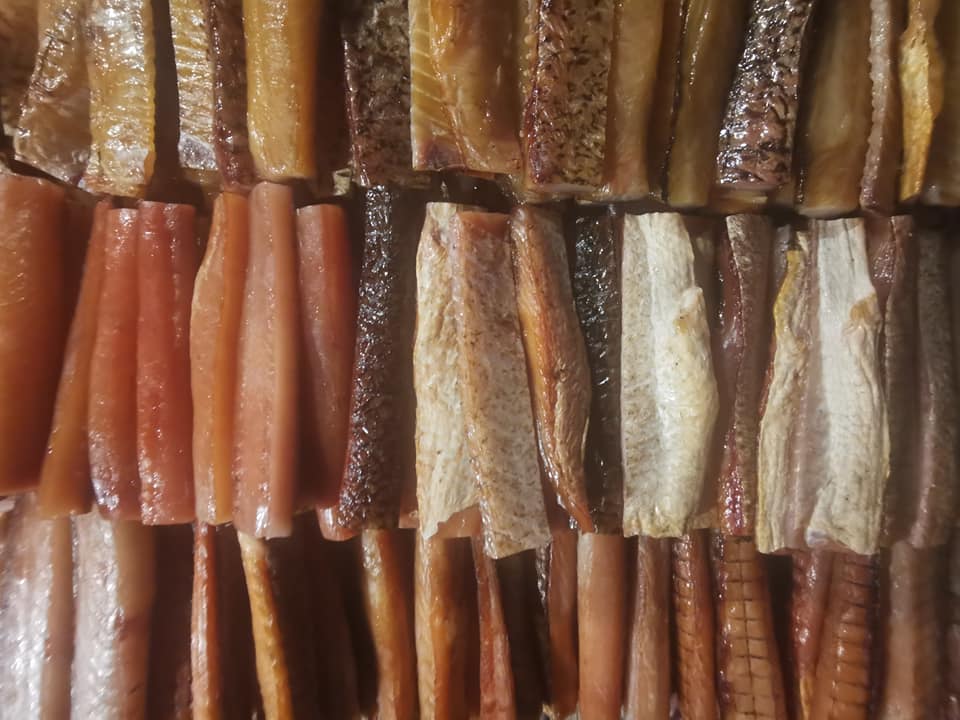
Where to eat in Kopački rit Nature Park
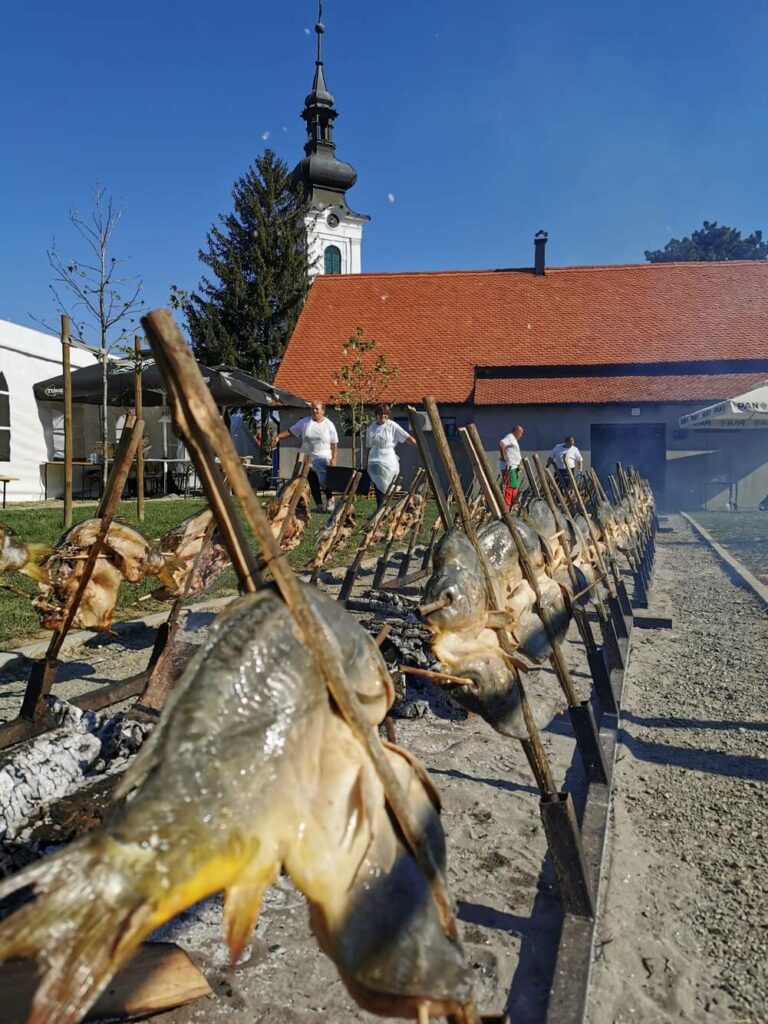
The close proximity of several villages to the wetlands makes this part of Baranja the perfect place to lunch or dinner when you’re visiting. Also, you can stay overnight and make a weekend of it (see below).
Restaurants
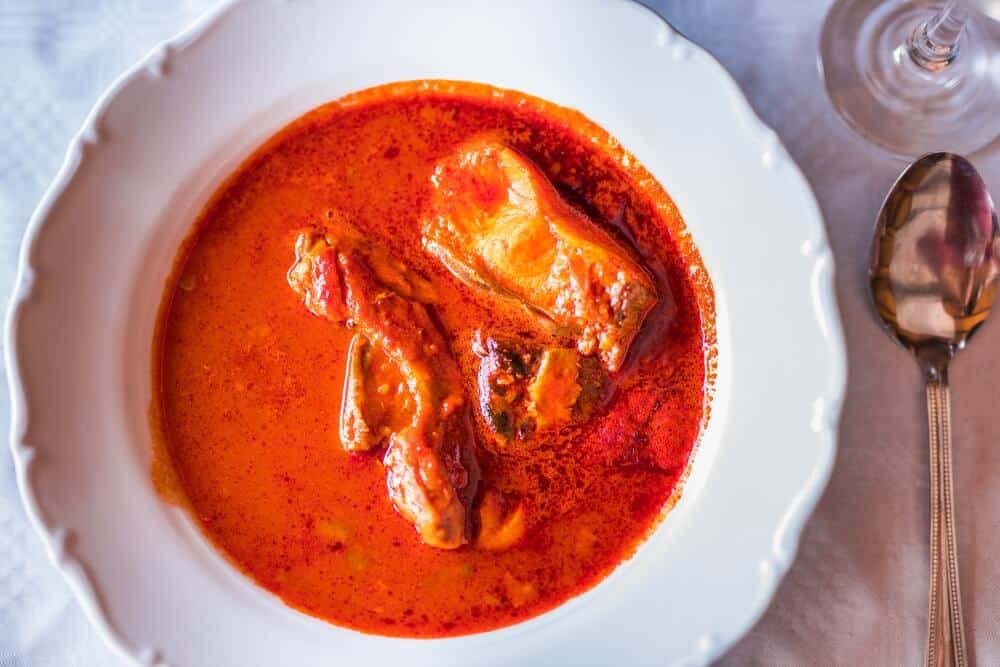
At Darócz, you can try dishes like stuffed duck, rabbit with bacon or freshwater fish. Both frog and rooster make up the options of their pörkölt stew. Also, they cater for vegetarians.
If you want to try traditional Baranja food, then there’s a range of great options. Didin Konak has a great selection of regional wines. Most of the vegetables Kod Varge use are grown in their own garden. Citadela are renowned authorities in regional cuisine for over 30 years. Kormoran is run by the big, local wine and meat company, Belje. It’s surrounded by peaceful nature and has a kids’ play area.
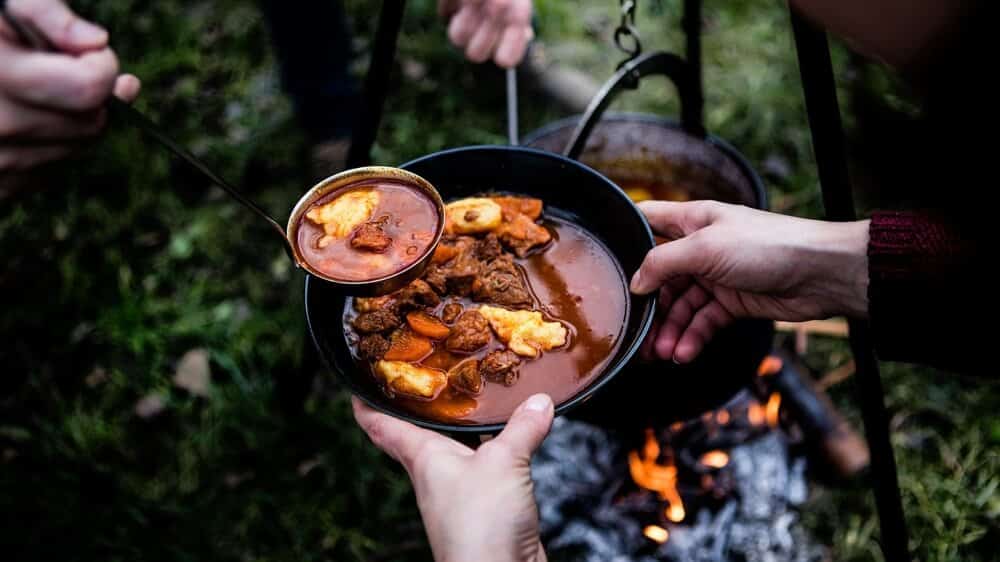
Traditional dishes of Slavonia-Baranja
Among the best dishes to look out for are the following local specialties. Fiš paprikaš (spicy river fish stew), šaran u rašljama (butterflied carp, cooked over an open fire) and čobanac (spicy stew made from wild meats like boar and deer).
Accommodation: Where to stay in Kopački rit Nature Park
You’ll find a range of options, from rooms and apartments to camping and family farms in Bilje municipality. If you want to see a good selection, then look here.
(function(d, sc, u) {
var s = d.createElement(sc), p = d.getElementsByTagName(sc)[0];
s.type = ‘text/javascript’;
s.async = true;
s.src = u + ‘?v=’ + (+new Date());
p.parentNode.insertBefore(s,p);
})(document, ‘script’, ‘//aff.bstatic.com/static/affiliate_base/js/flexiproduct.js’);
The Kopački Rit Nature Park and Baranja photography of Isabella von Habsburg
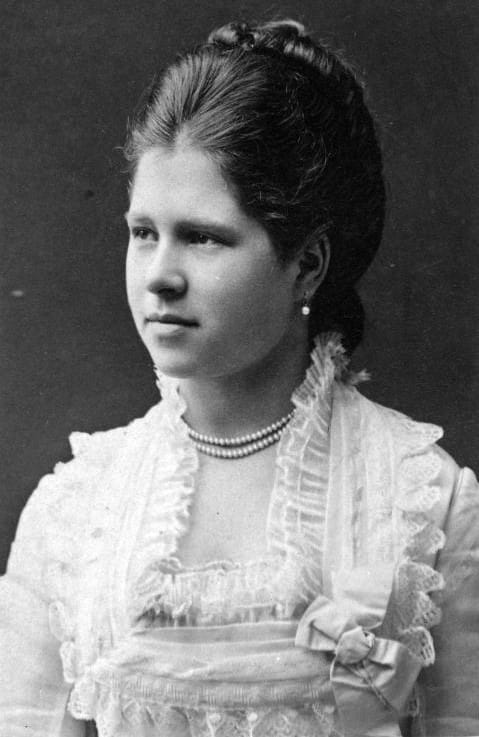
Born Princess Isabella Hedwig Franziska Natalie of Croÿ on 27 February 1856, Isabella upped her game by marrying in the House of Habsburg-Lorraine. Specifically, she married Archduke Friedrich, Duke of Teschen on 8 October 1878. They had eight daughters and one son.
Spending time at their estate in Baranja, Isabella made the most of these surroundings. Indeed, it was recorded she personally shot 146 deer in Tikveš. Not only was she a keen hunter, but also an early amateur photographer. Specifically, she recorded the life of her family and visits of high-ranking dignitaries. But, also scenes from village life in the area of the Nature Park. Indeed, in many, we can see the once-thriving fishing endeavours of people from Kopačevo.
PHOTOS: Village life in the area of Tikveš, Kopačevo and today’s Kopački rit, over 100 years ago
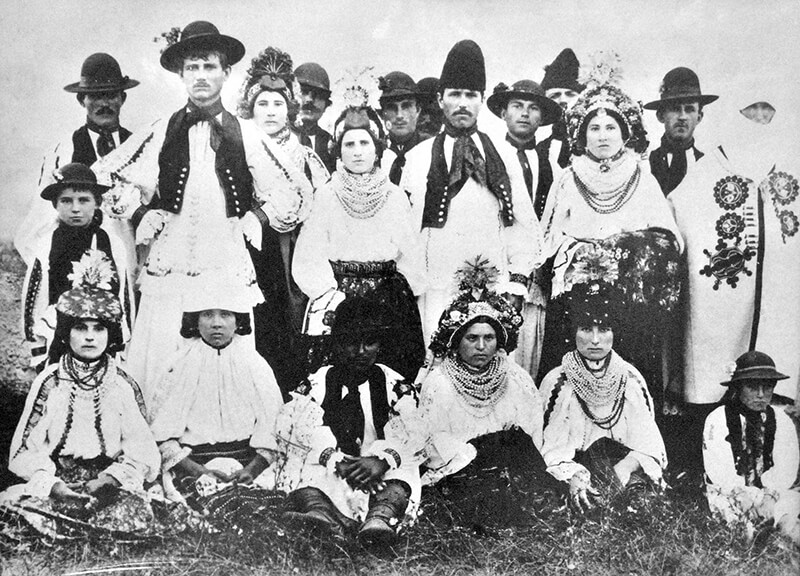
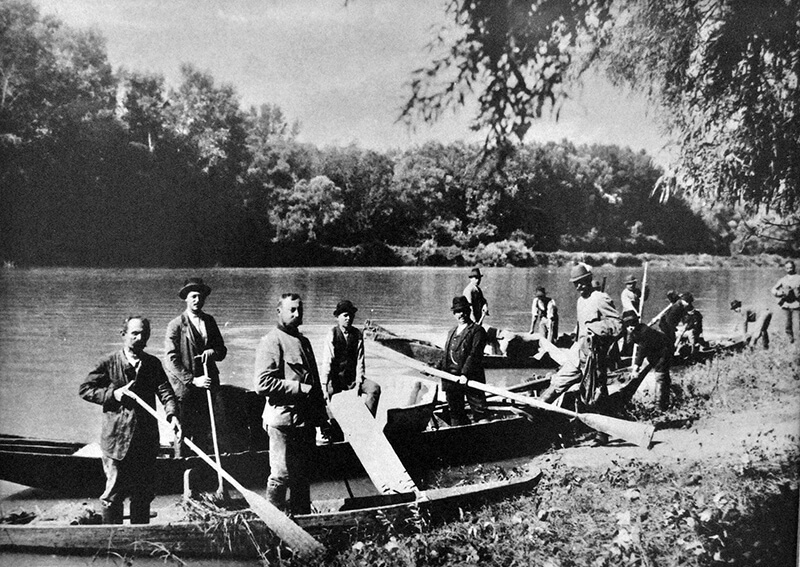
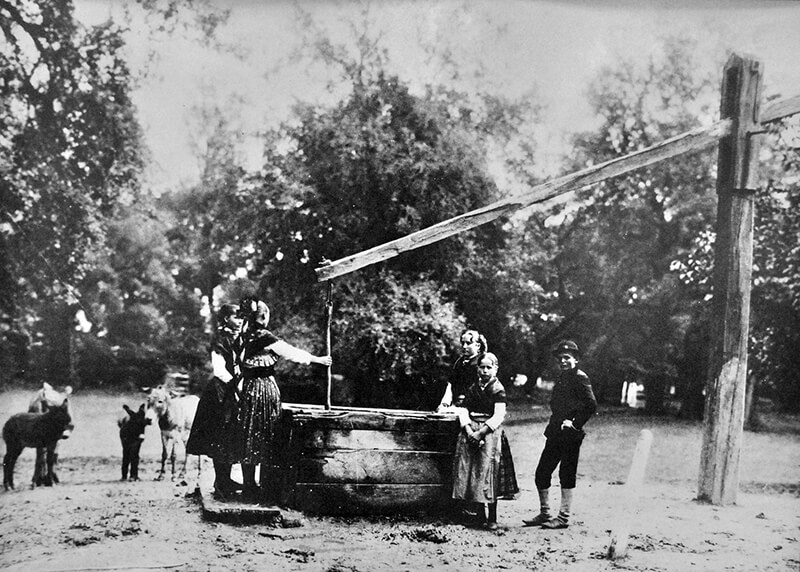
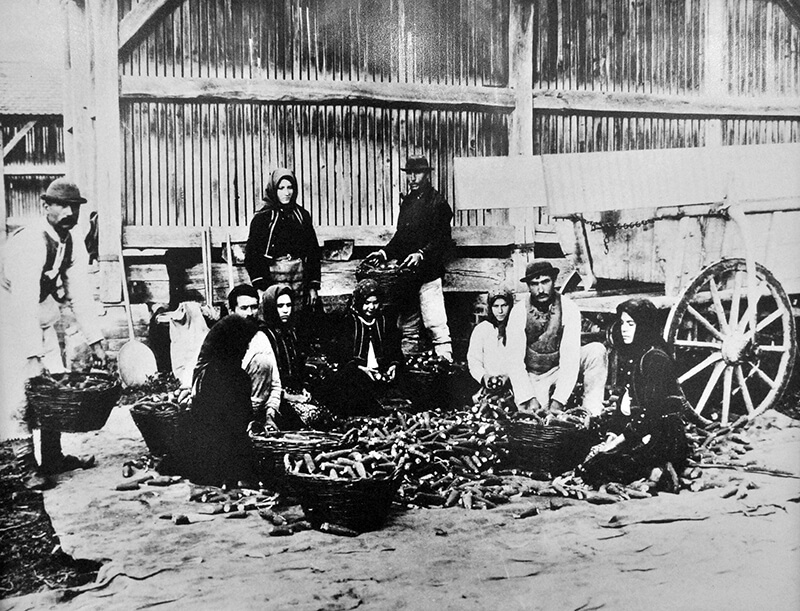
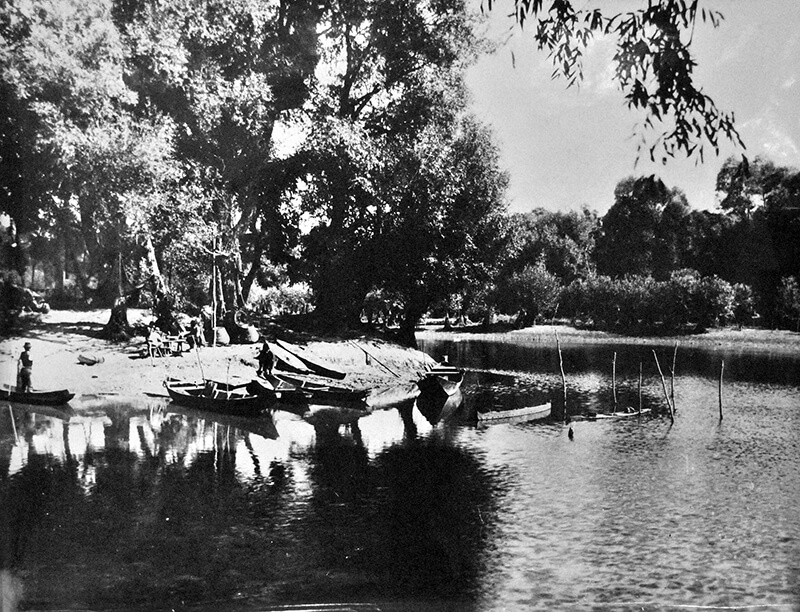
A royal affair
Eight daughters is quite a lot to marry off. Isabella must have thought she’d hit the jackpot when Archduke Franz Ferdinand’s visits increased. After all, he was heir to the Austro-Hungarian throne. But, alas, he had no interest in Isabella’s daughters. In truth, he was interested in Isabella’s lady-in-waiting, Sophie. As a mere aristocrat’s daughter, Isabella deemed Sophie’s relationship with the royal to be inappropriate. Unsuccessfully, she tried to sabotage it. The pair were eventually married in 1900. Sadly, they died together in 1914. Of the two bullets fired by Gavrilo Princip in Sarajevo that day, one hit Franz Ferdinand, the other hit Sophie.
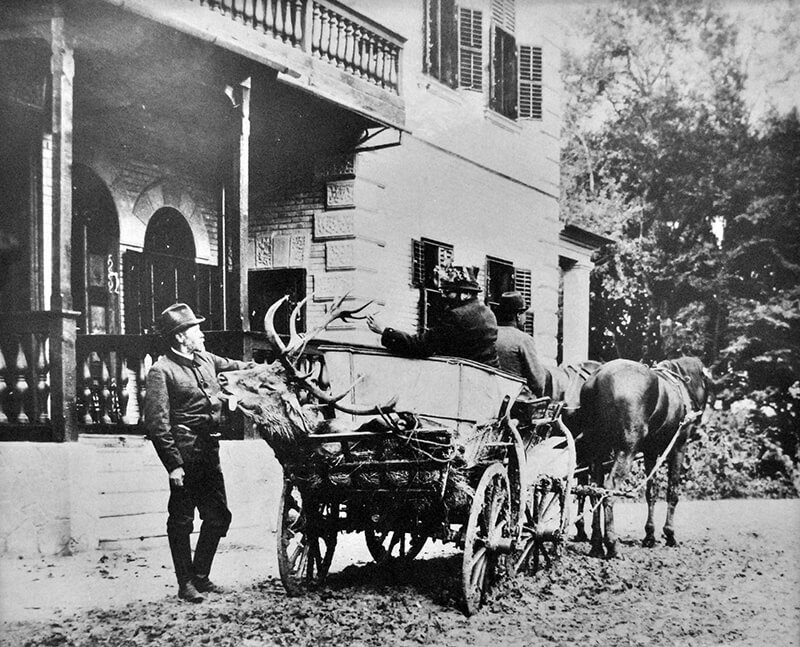
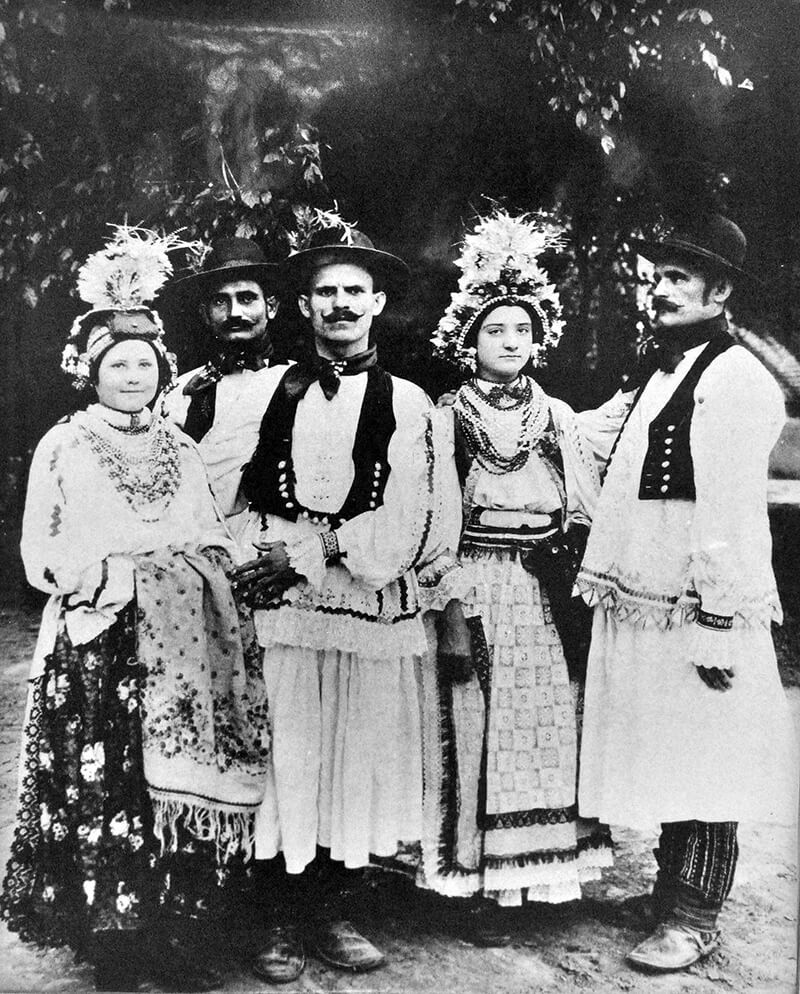
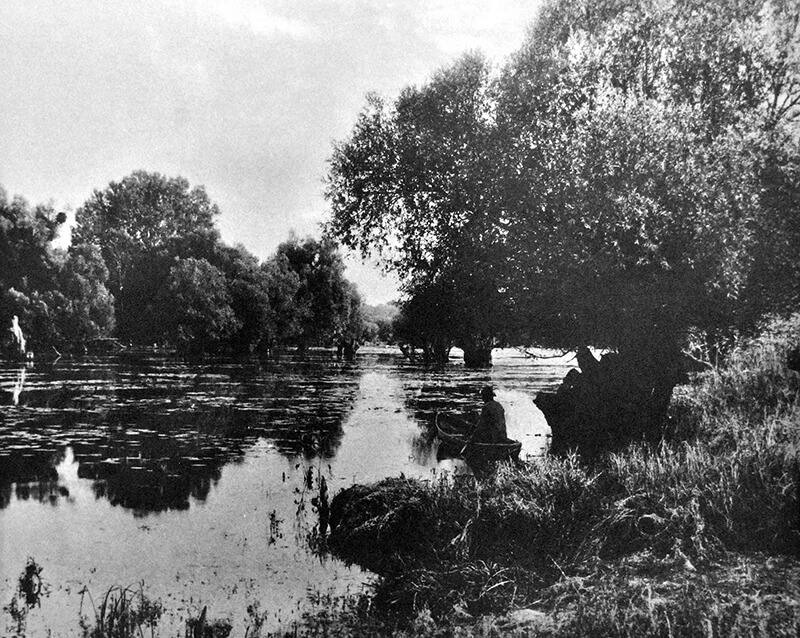
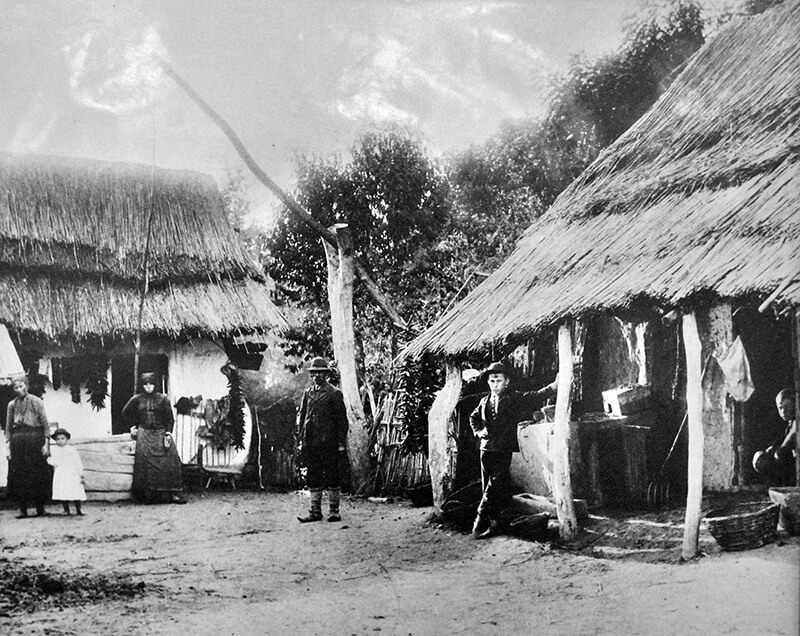
Lakes and the marshland floods
Depending on when you visit, alongside the marshland, you’ll find two lakes in Kopački rit. In fact, these lakes are the only permanent areas underwater. The marshland is flooded for an average of 99 days a year. But, the entire surface is underwater for an average of 32 days. Arriving in early spring, the flood wave is due to melting snow in the Alps. Both the Drava and the Danube water level rise. Hitting its peak between April and May, by the end of the summer, water is withdrawn from the marsh.
Kopačko Lake
With an average area of 220 hectares, Kopačko is the largest lake in Kopački rit. It is 1.5 to 5 meters deep. You’ll find it located in the center of the park.
Sakadaš Lake
At 7 meters in depth, Lake Sakadaš is the deepest lake in the park. You’ll find it located in the deepest recesses of the marsh.
Where is Kopački Rit Nature Park?
Kopački rit is in Bilje municipality, Baranja region in northeastern Croatia. It is the most easterly of Croatia’s Nature Parks and National Parks. It is 12 kilometres to the northwest of Osijek city. The wetlands exist within a thin triangle between the Danube river and the Drava river. The furthest edges of the park are around 10 kilometres from their confluence.
In detail, the official entrance to Kopački rit has the GPS coordinates 45.6082° N, 18.7903° E.
How to get to Kopački Rit Nature Park
Flights, nearest airport to Kopački rit
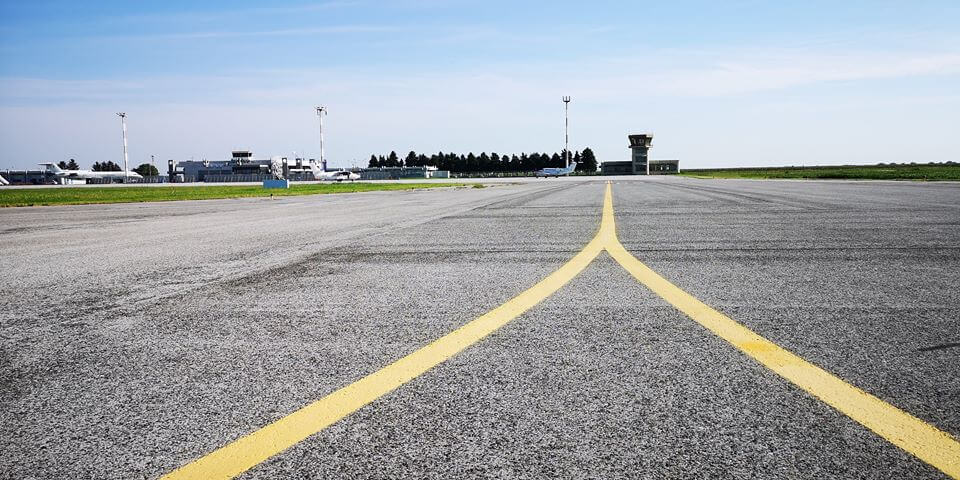
Of course, at only 27 km distance, Osijek Airport (OSI) is the nearest airport to Kopački rit. However, the nearest major international airport to Kopački rit is Belgrade. In detail, Kopački rit is 173km distance from Belgrade airport (2 hours 27 mins drive time, via the D2). Additionally, Kopački rit is 289 km from Zagreb airport (2 hours 45 mins drive time). Also, Kopački rit is 274 km from Budapest airport (3 hours drive time).
Road, by car to Osijek
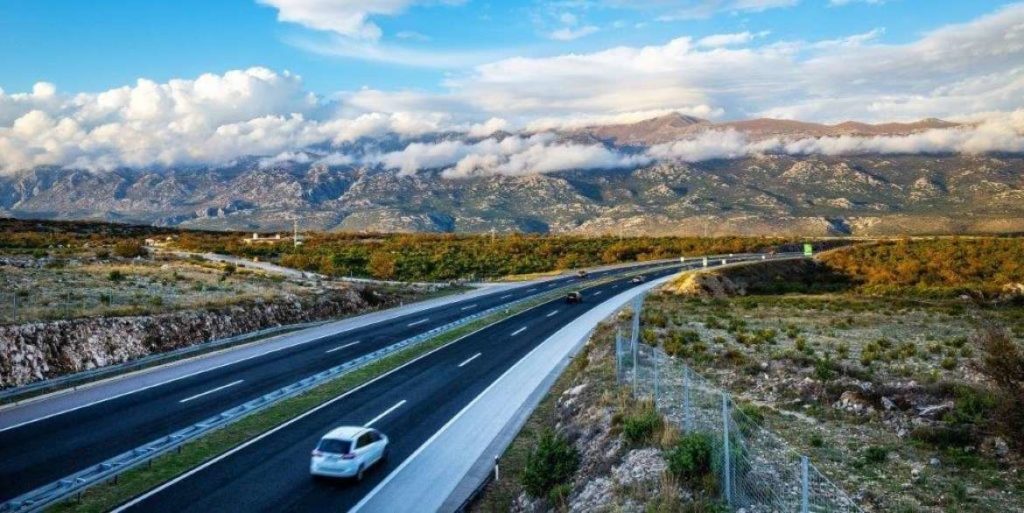
In light of its closeness to the E70, Osijek is well connected to the European motorway network. Also, this is the road to take if travelling from Zagreb to Kopački rit. Turn off the E70 at Čvor Sredanci junction, then take the E73 (Croatian D2) to Osijek. Driving time between Zagreb and Kopački rit is about 3 hours.
Running from Budapest to Ploče, via Osijek, the E73 (Croatian D2) is the quickest road route between eastern Slavonia and southern Dalmatia. Take this road if you’re travelling from south Dalmatia to Kopački rit. Also, this is the road to take from Hungary to Kopački rit.
Looking for a fast, reliable and trouble-free transfer to or from Kopački rit? Contact TC transfer partner Adriatic Transfers for your one-stop solution.
From Osijek to Kopački rit Nature Park by car
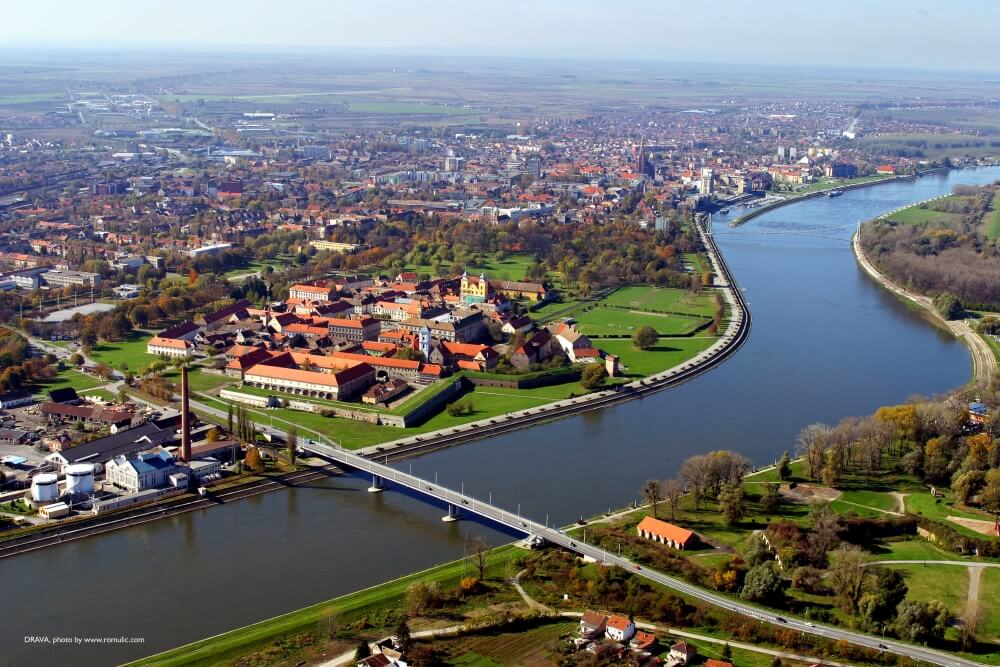
There are several junctions where you can leave the motorway network in Osijek. In order to get to Kopački rit, you need to come off at the largest, most central one. It is clearly signposted as the junction for Bilje. After you leave the motorway network, it’s a straight road all the way to Bilje. Firstly, the road is named Ulica Kneza Trpimira, then Biljska cesta, then Ulica kralja Zvonimira. But, it’s all the same road. In the very centre of Bilje, at the roundabout, take a right onto Ulica Šandora Petefija. After around 600 metres, you’ll see the access road to Kopački rit on your right. It is clearly signposted.
Bus to Kopački rit Nature Park
Unfortunately, there is currently no public transport option that will take you from Osijek to Kopački rit. But, it really isn’t that far. If you’re in Osijek without a car and want to visit Kopački rit, then…
Taxi from Osijek to Kopački rit Nature Park
Independent taxis like Osjecki taxi or Cammeo will get you from Osijek to Kopački rit in no time. In detail, the ride should cost around 40 or 50 kuna.
Cycling from Osijek to Kopački rit Nature Park
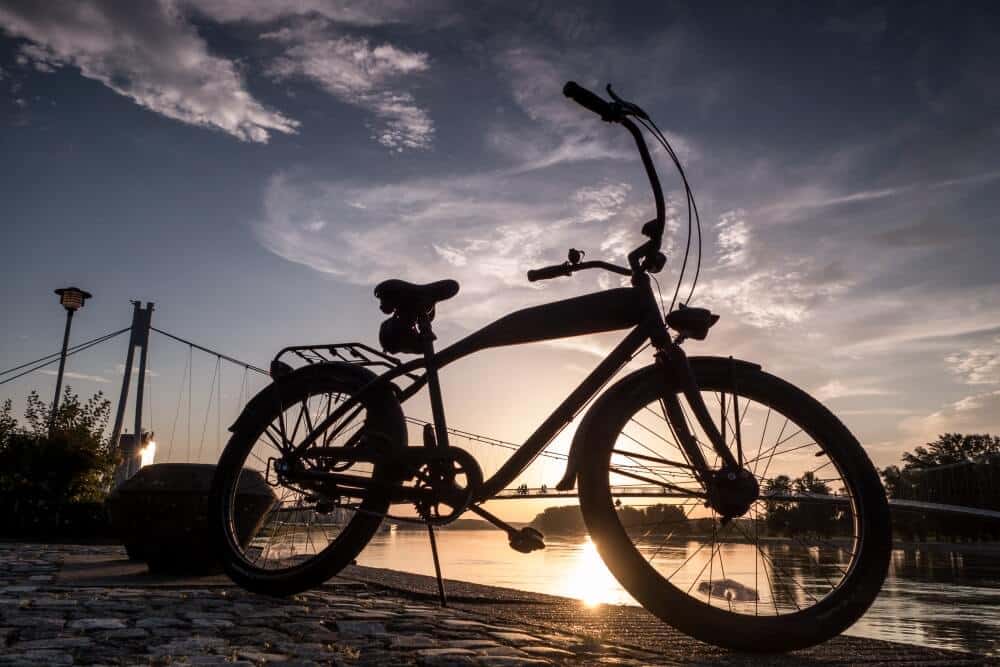
In truth, cycling is one of the very best ways to get from Osijek to Kopački rit. Not only is this incredibly popular with locals, but also there are two brilliant routes.
1) Asphalt cycle path from Osijek to Bilje
Firstly, and new in 2021, Bilje municipality have reconstructed and asphalted a brand new cycle path. It runs all the way from Osijek to Bilje. Brilliant! The path runs at the side of Biljska cesta / Ulica kralja Zvonimira. If you want to take this path, then pick it up at the road bridge near Tvrđa in Osijek.
2) Drava levee gravel path from Osijek to Kopački rit Nature Park
Secondly, the more traditional route runs along the Drava levee. This is an older path, so suitable for most bikes, especially the more robust ones. But, perhaps not for racing bikes. If you want to take this route, then, again, cross the road bridge by Tvrđa. Or, you can even take the pedestrian bridge, if you’re coming from the city centre or west Osijek.
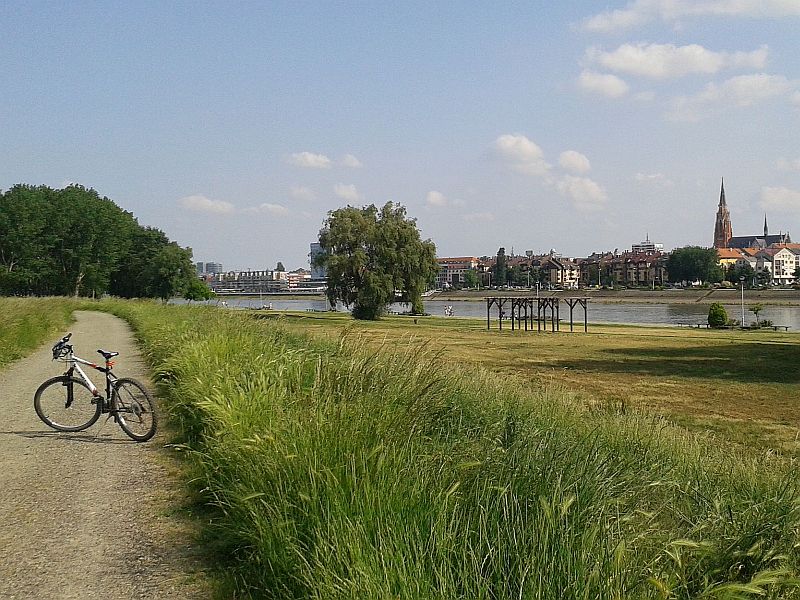
After crossing the bridges, drive to the right along the embankment/promenade that runs by the Drava river. The riverside promenade finishes under the railway bridge. Thereafter, you join a road, before immediately turning right onto Dravska obala (Drava levee). Passing forests and fields, lakes and the village of Kopačevo, this route will take you right into the heart of Kopački rit.
If you’re not from the area and want to better understand the location of the levee path, then see the map below.

Opening times
Winter: From 8am to 4pm (November, December, January, February, March).
Summer: From 9am to 5pm (March, April, May*, June, July, August, September, October).
*Recognising that May is one of the most popular times to visit the park, on Saturdays and Sundays in this month, Kopački rit is open from 9am to 6pm.
Tickets and Entry
Standard day tickets for walkers and cyclists
Day tickets for entry to Kopački rit cost 10 kuna (less than 1 and a half Euros, or around 1 US Dollar fifty cents). You can stay in the park for as long as you like with this ticket.
Group tickets
The park is used to hosting groups and can accommodate guided tours in several different languages. But you must organise these with the park in advance. For groups of 10 or more, a 15-minute presentation plus entry ticket costs 20 kuna per person. A guided tour around the park in each available language costs: 300 kuna per hour for the guide, plus a standard entry ticket per group member.
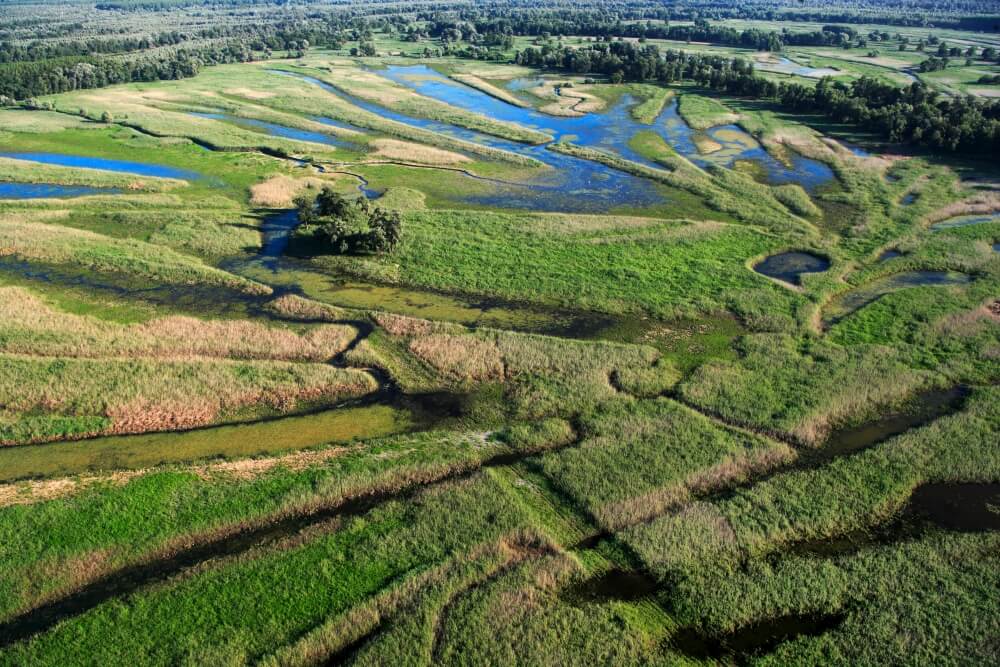
More information
Kopački rit Nature Park (Park prirode Kopački rit)
Kopačevo Reception Center.
Mali Sakadaš 1, 31327 Kopačevo, Bilje.
Telephone: +385 31 445 445; +385 31 752 320; +385 31 752 322.
Fax: +385 31 752 321
Email: [email protected]
Kopački rit Nature Park website here.
Tourist Board of Municipality Bilje – Kopački rit (Turistička zajednica Općine Bilje – Kopački rit)
Kralja Zvonimira 10, 31327 Bilje.
Telephone: +385 99 263 6780.
Email: [email protected]
Working hours: 8am – 4pm.
Tourist Board of Municipality Bilje – Kopački rit website here.

